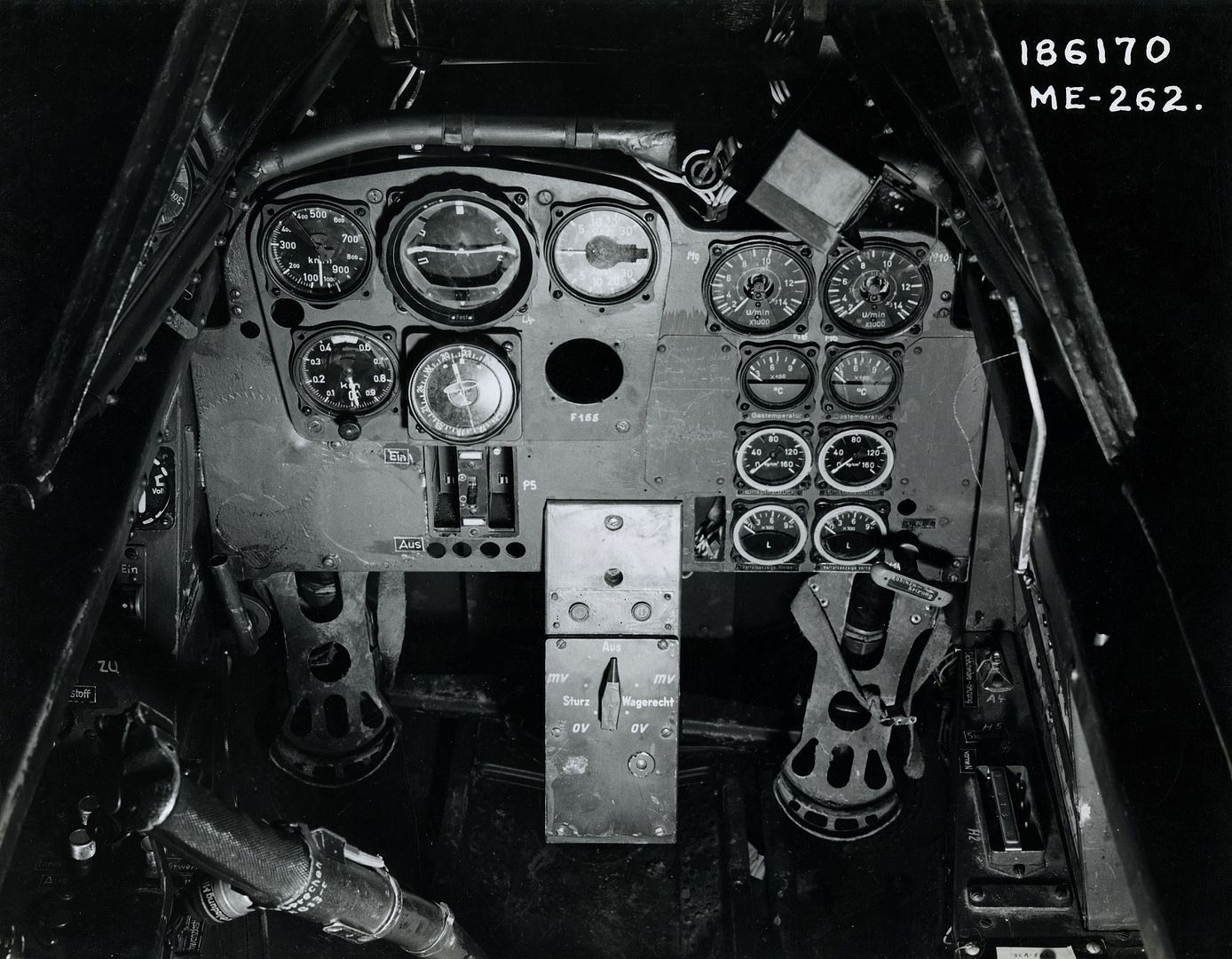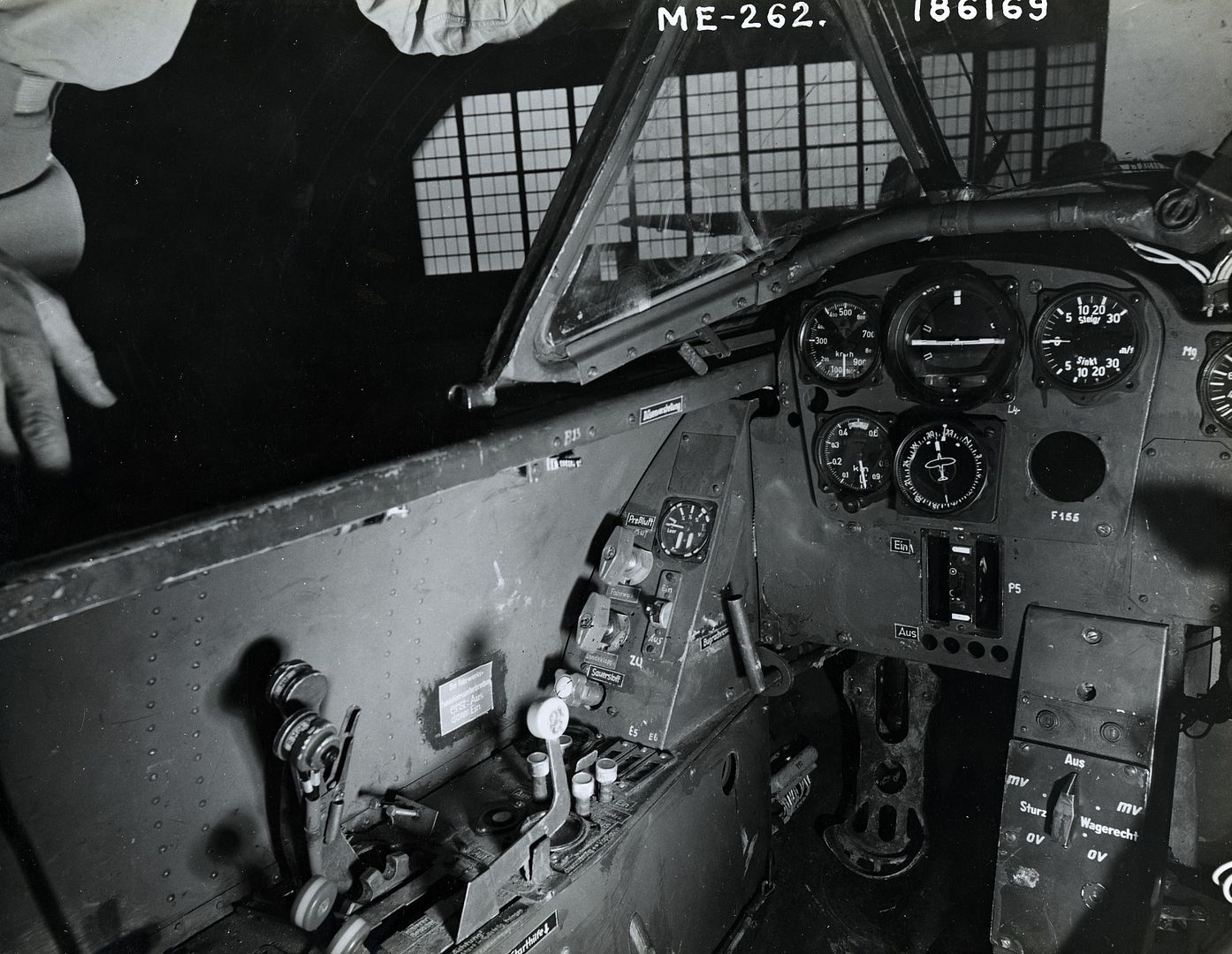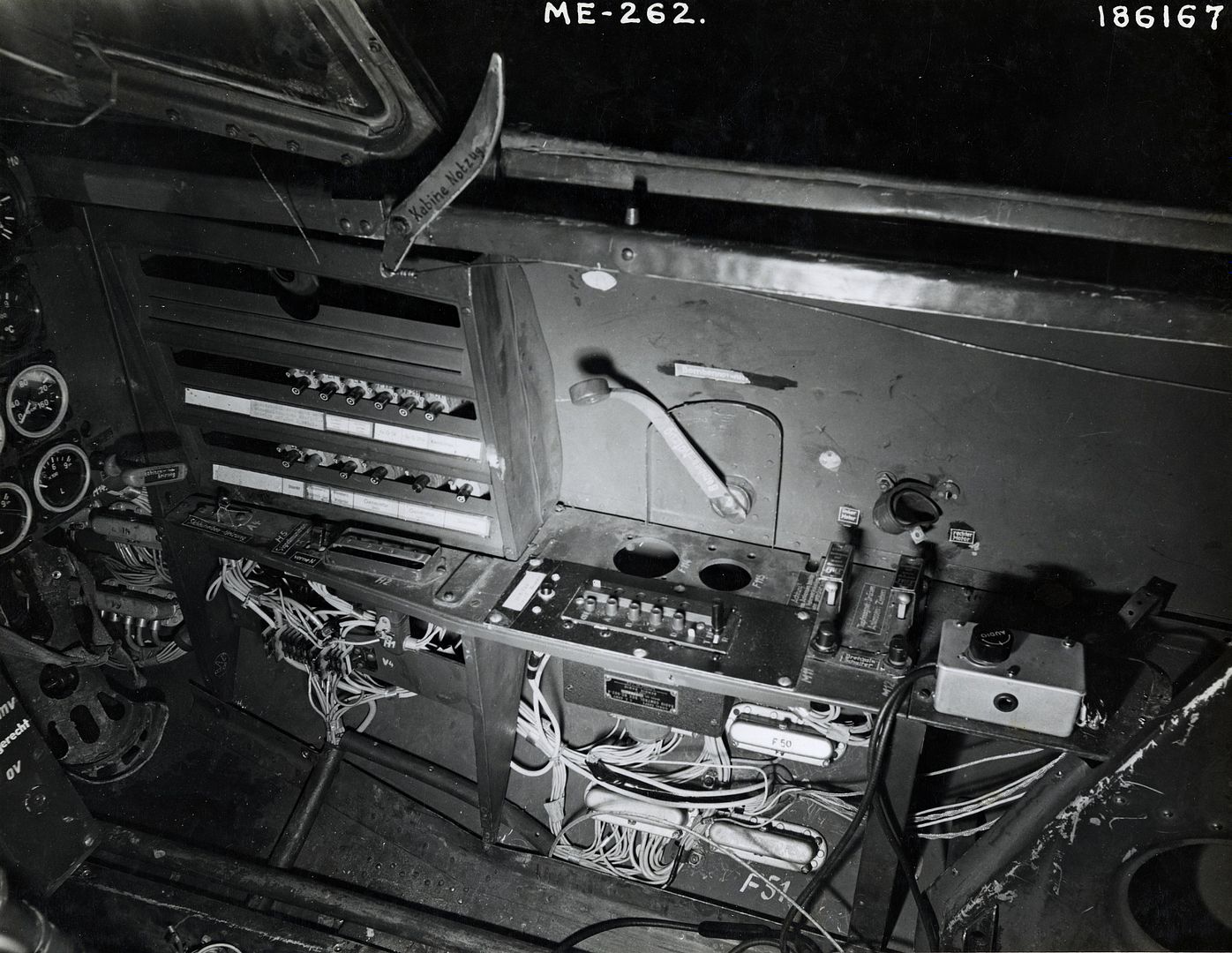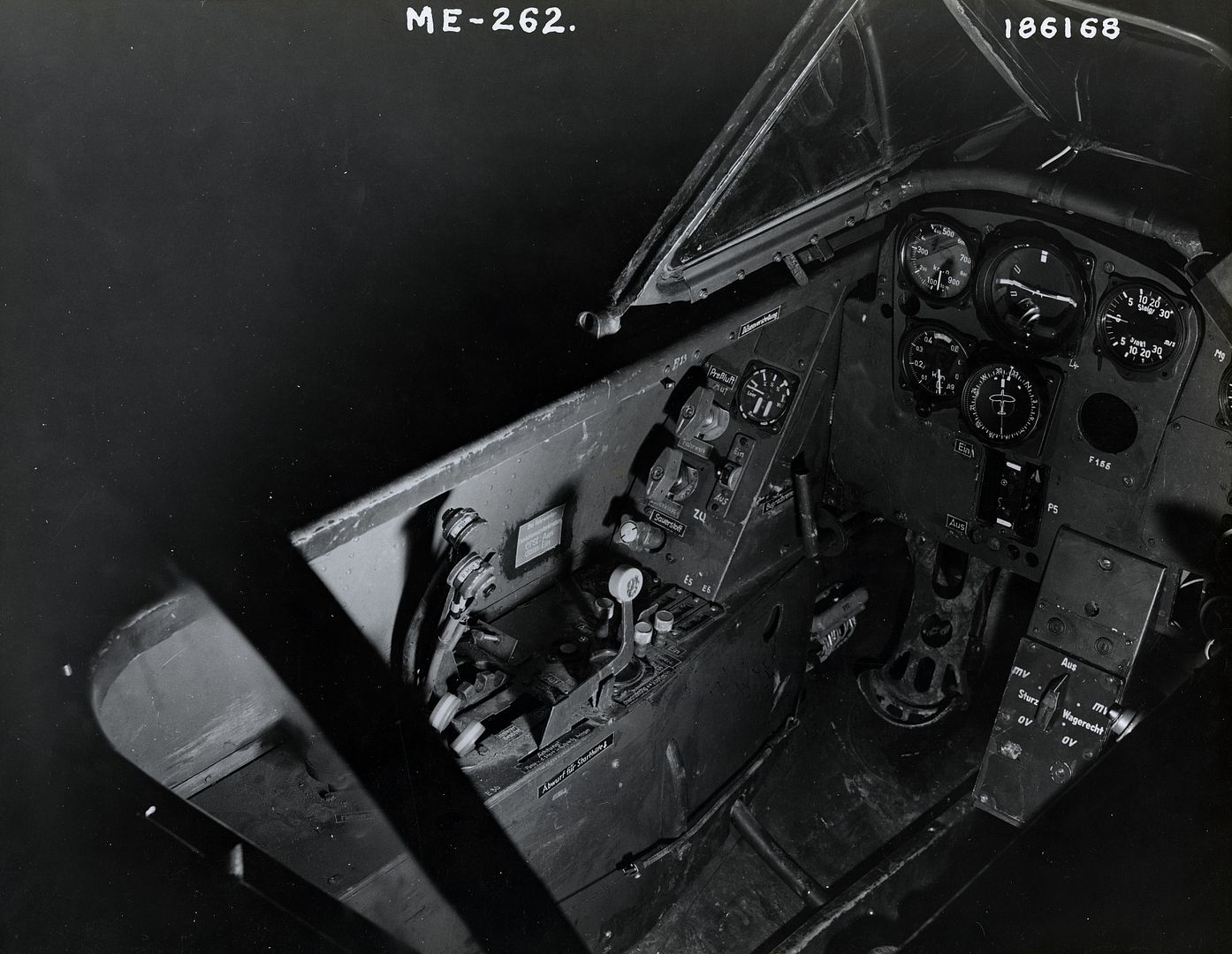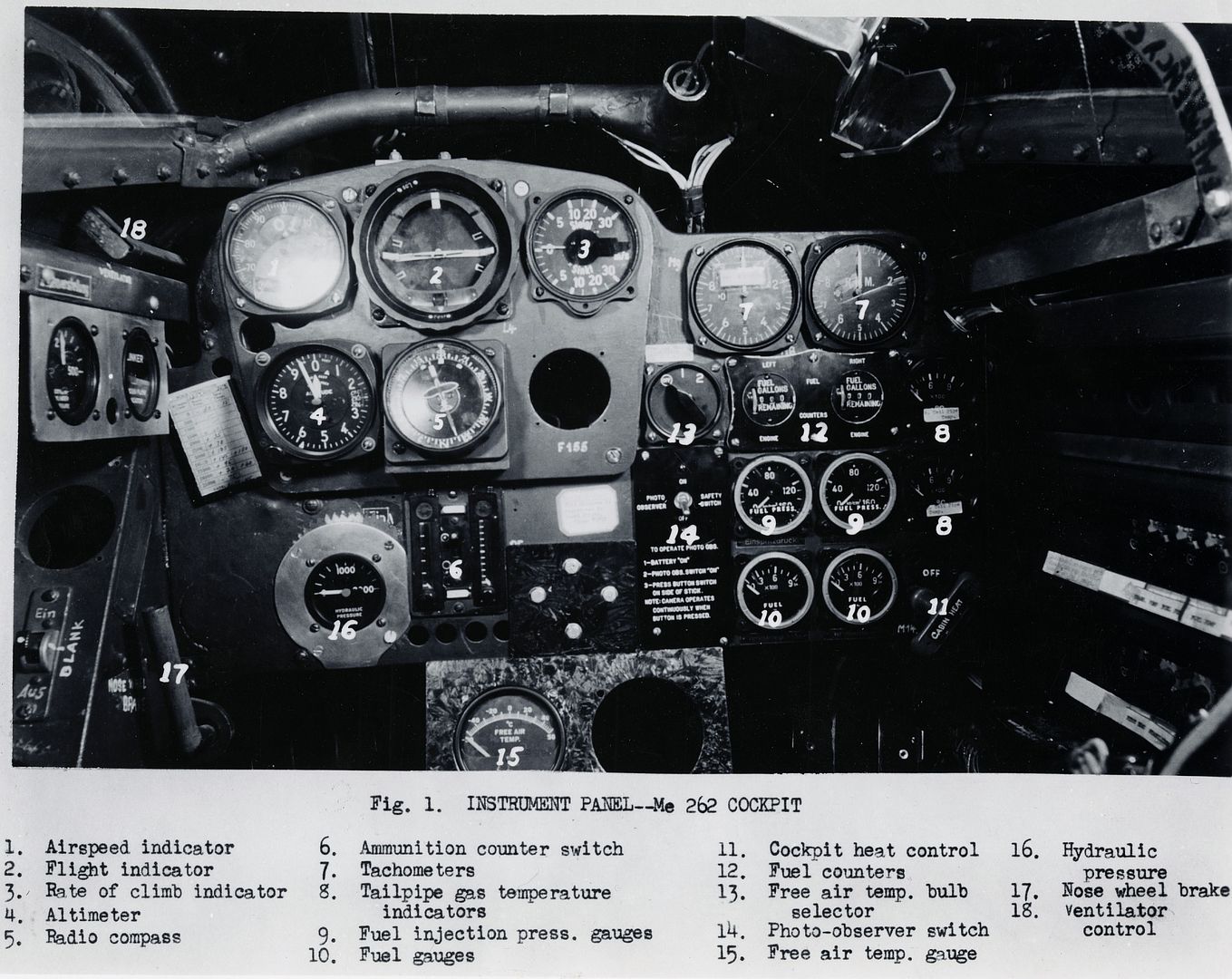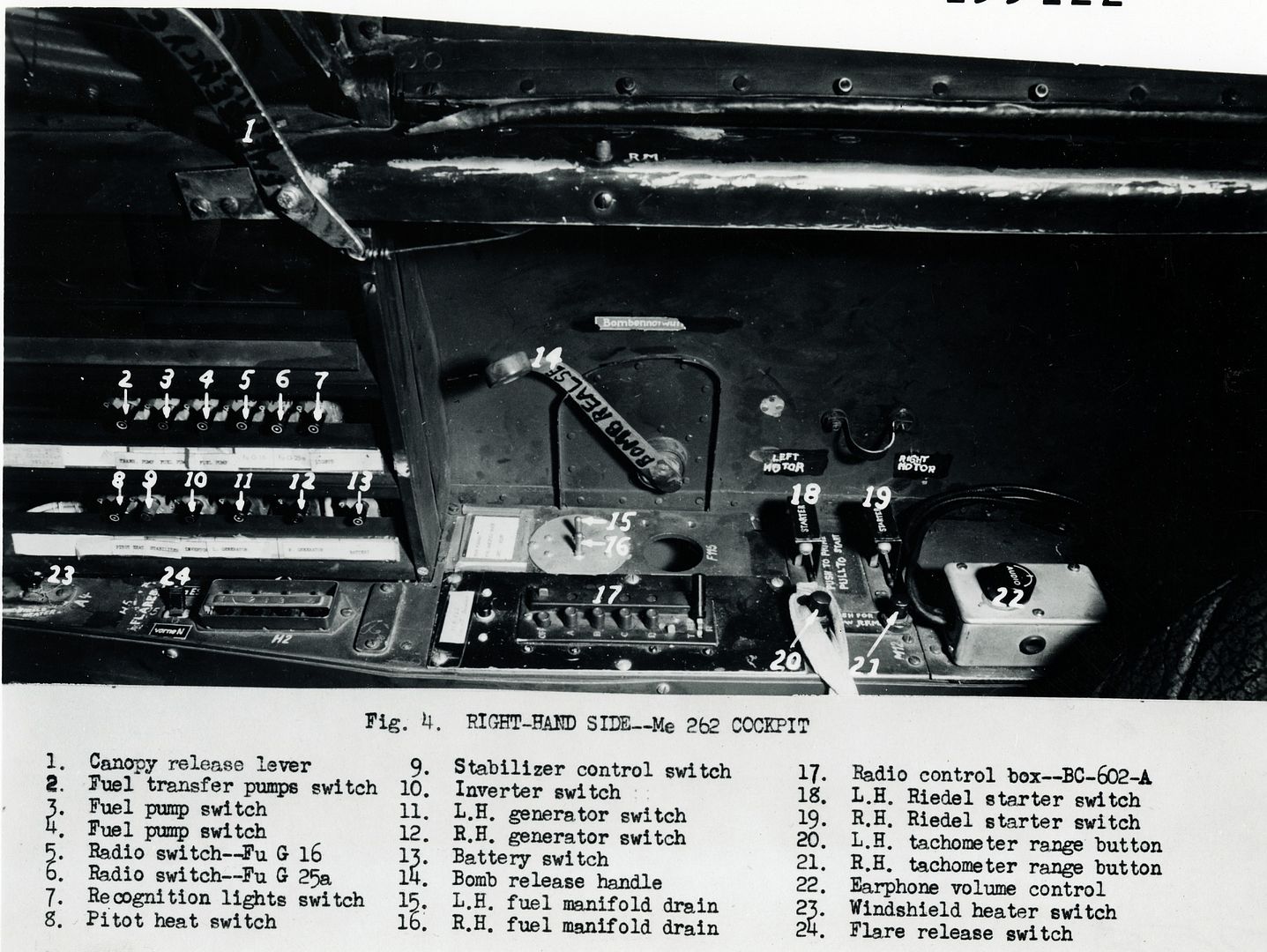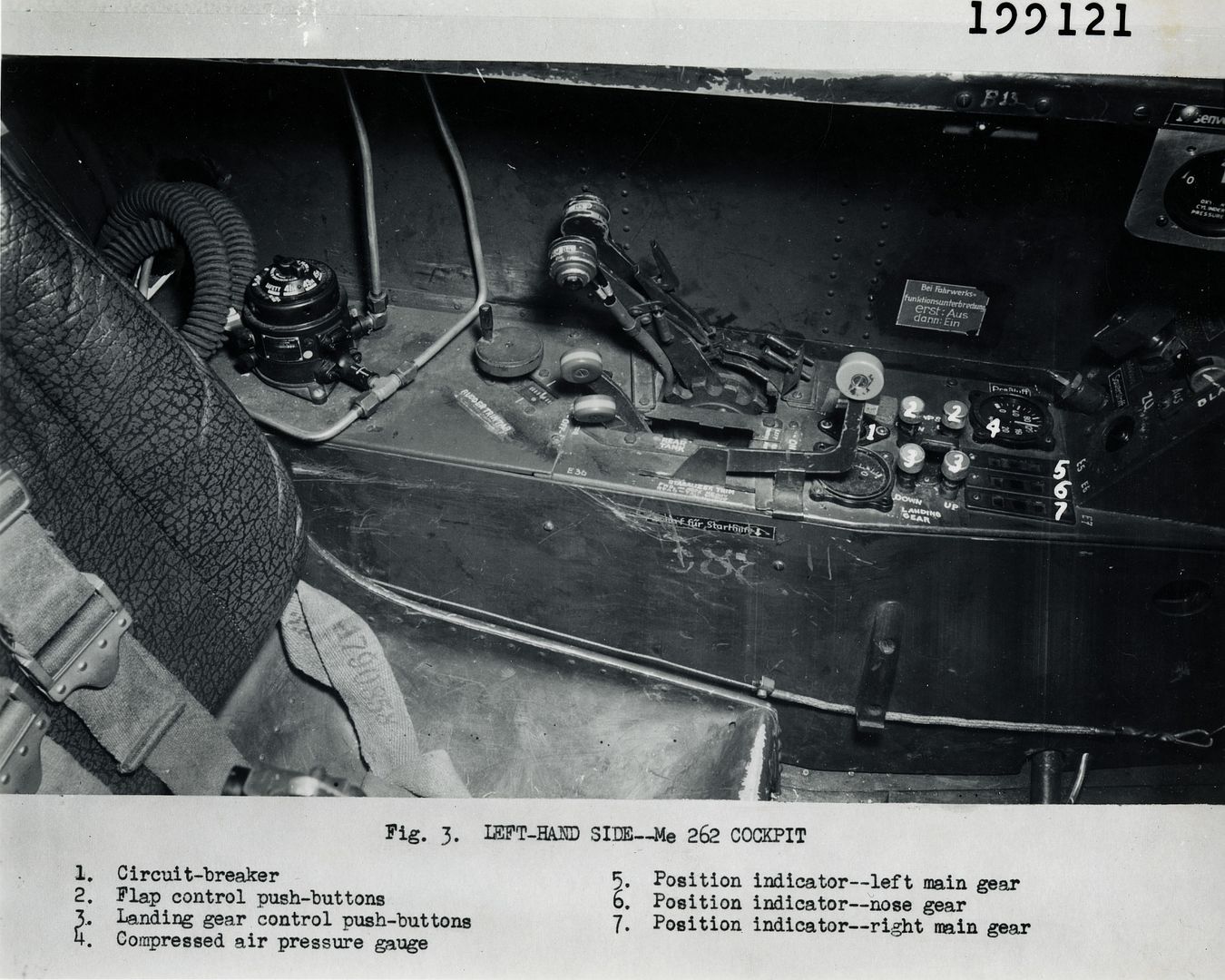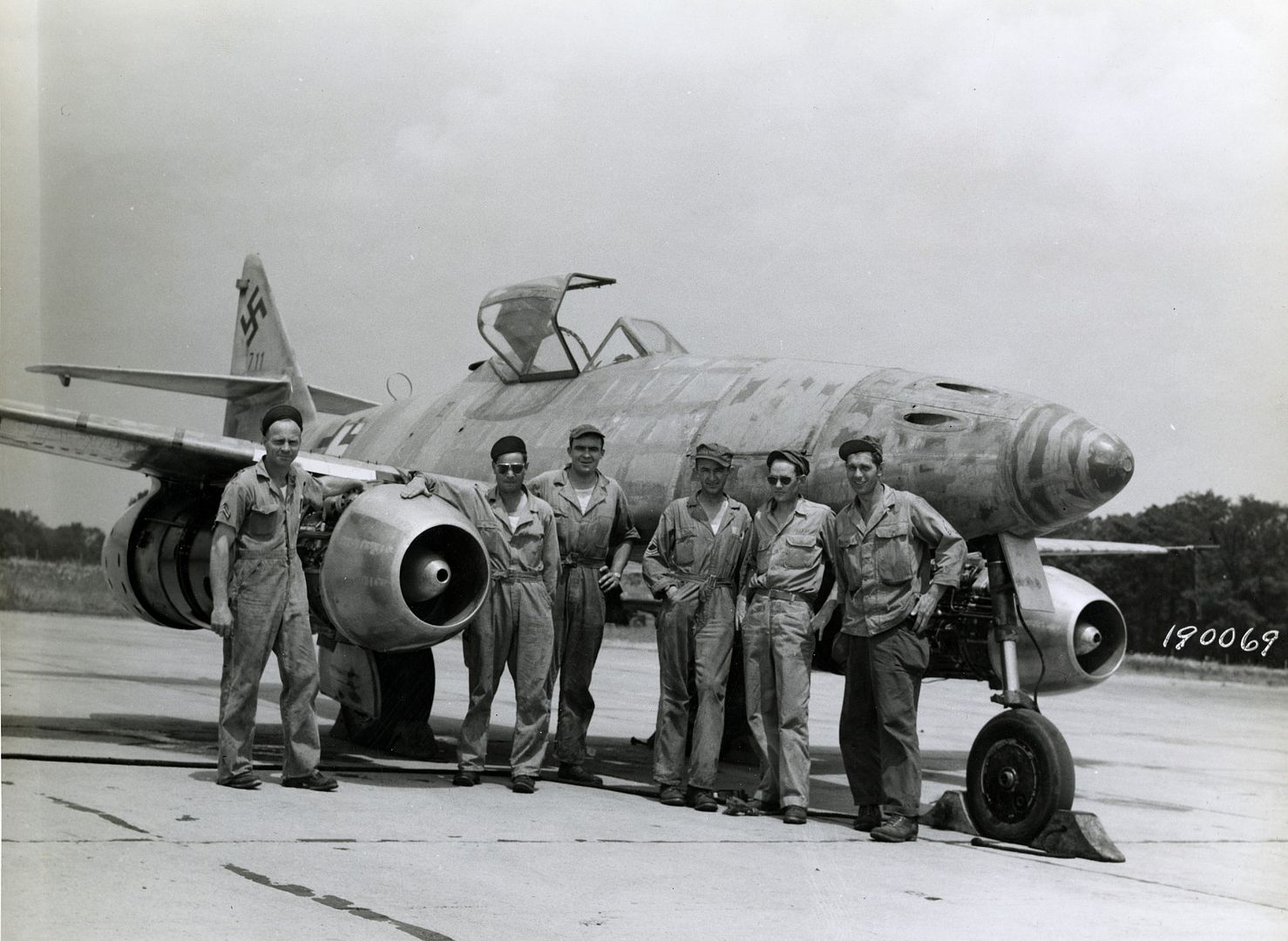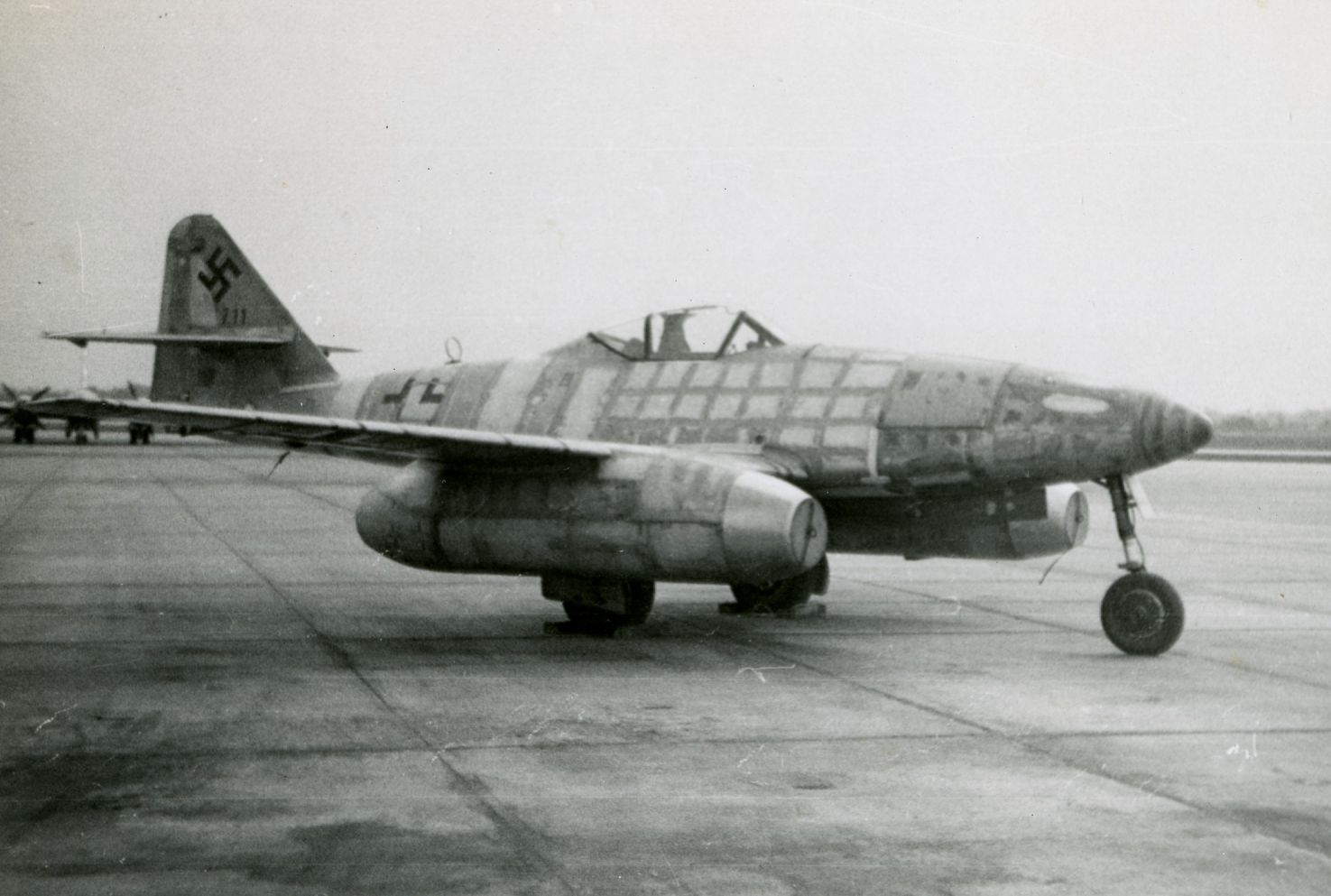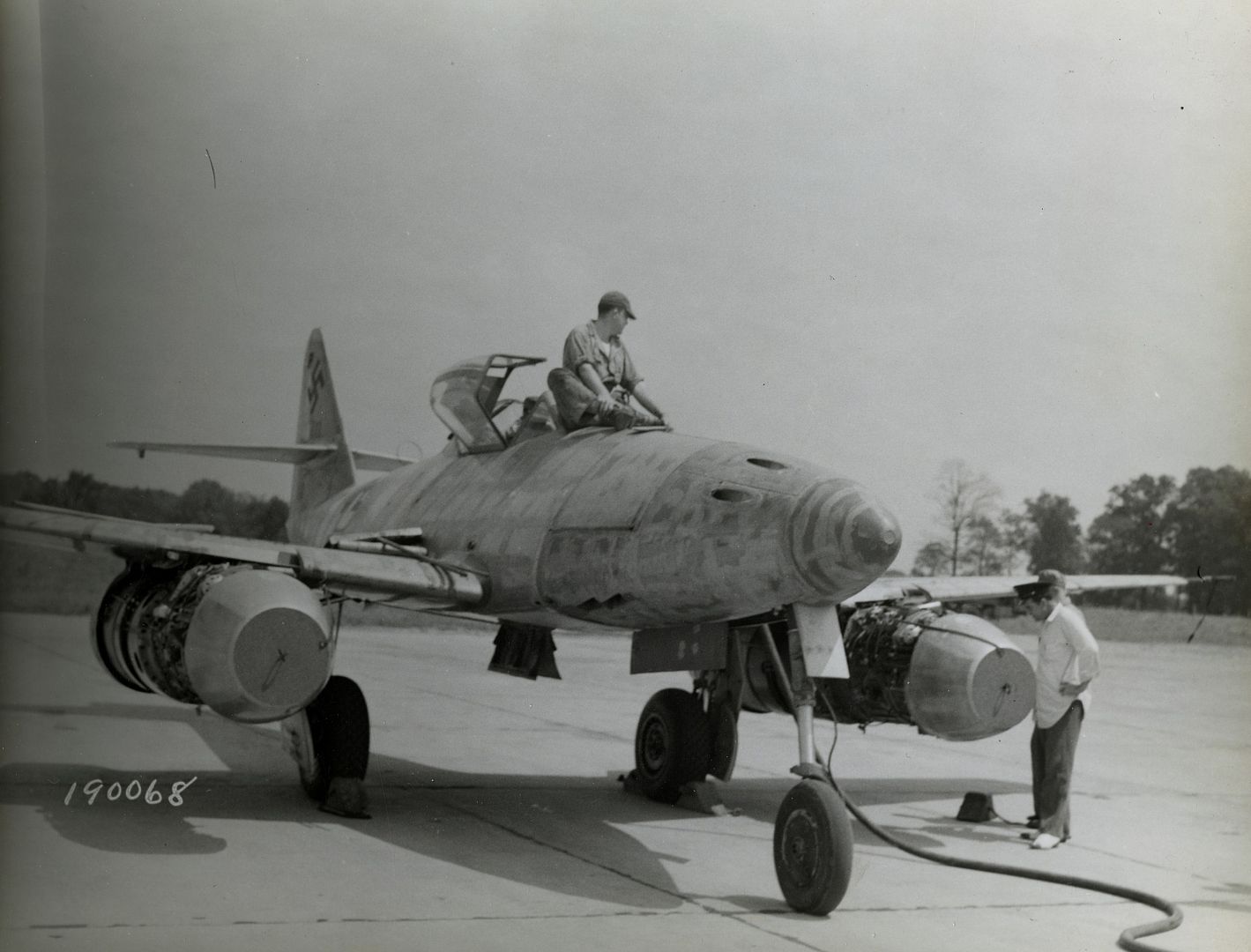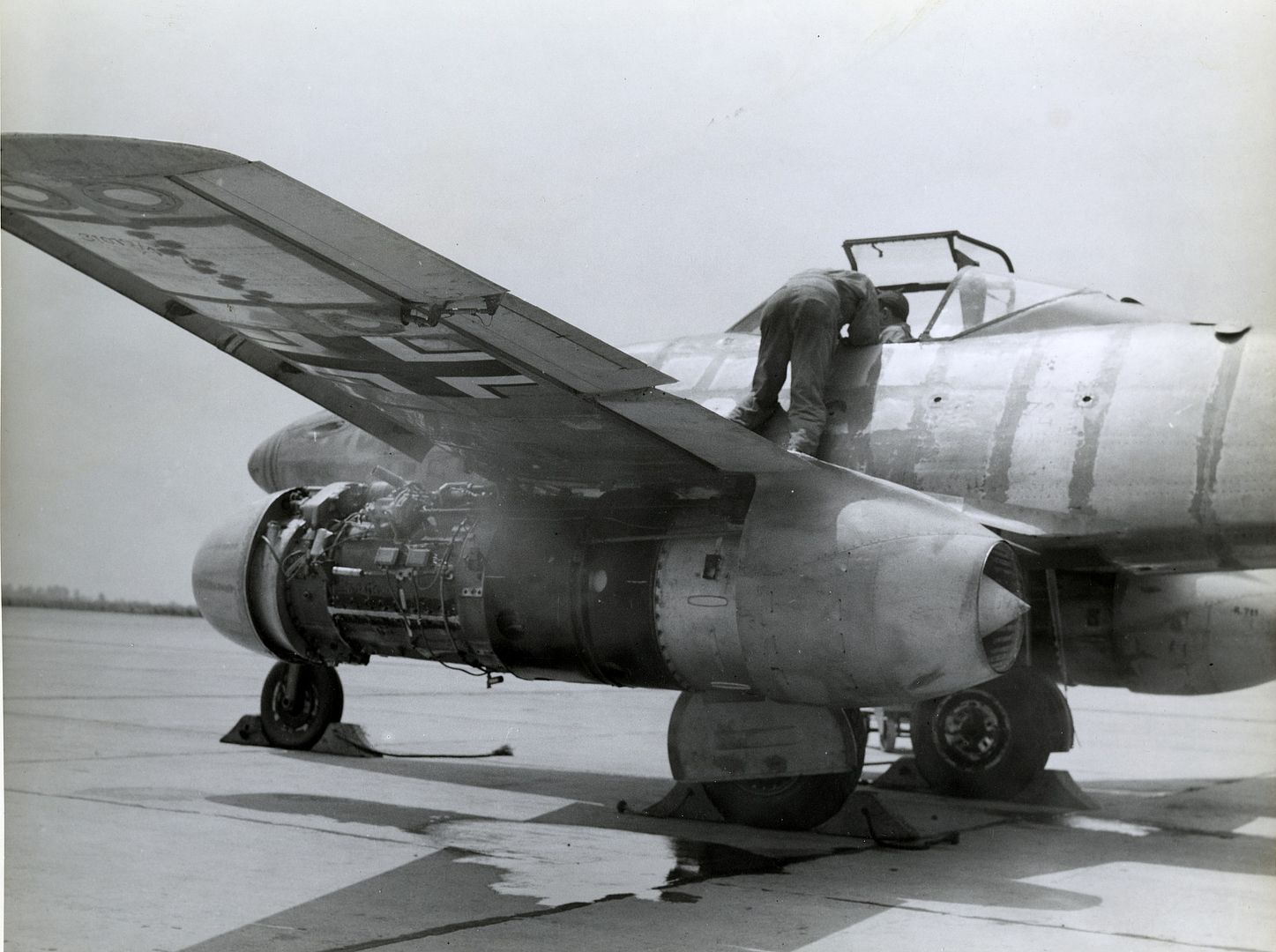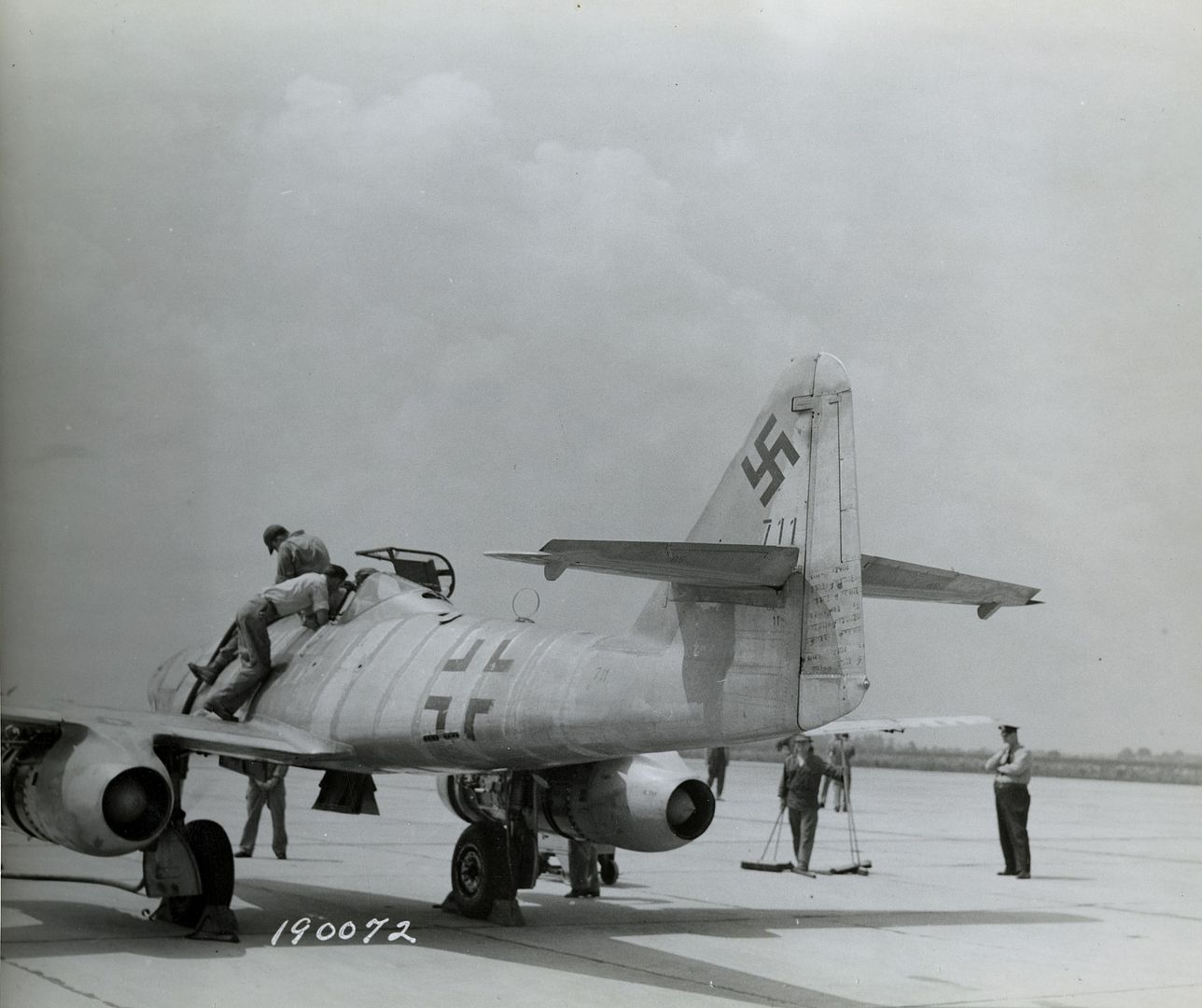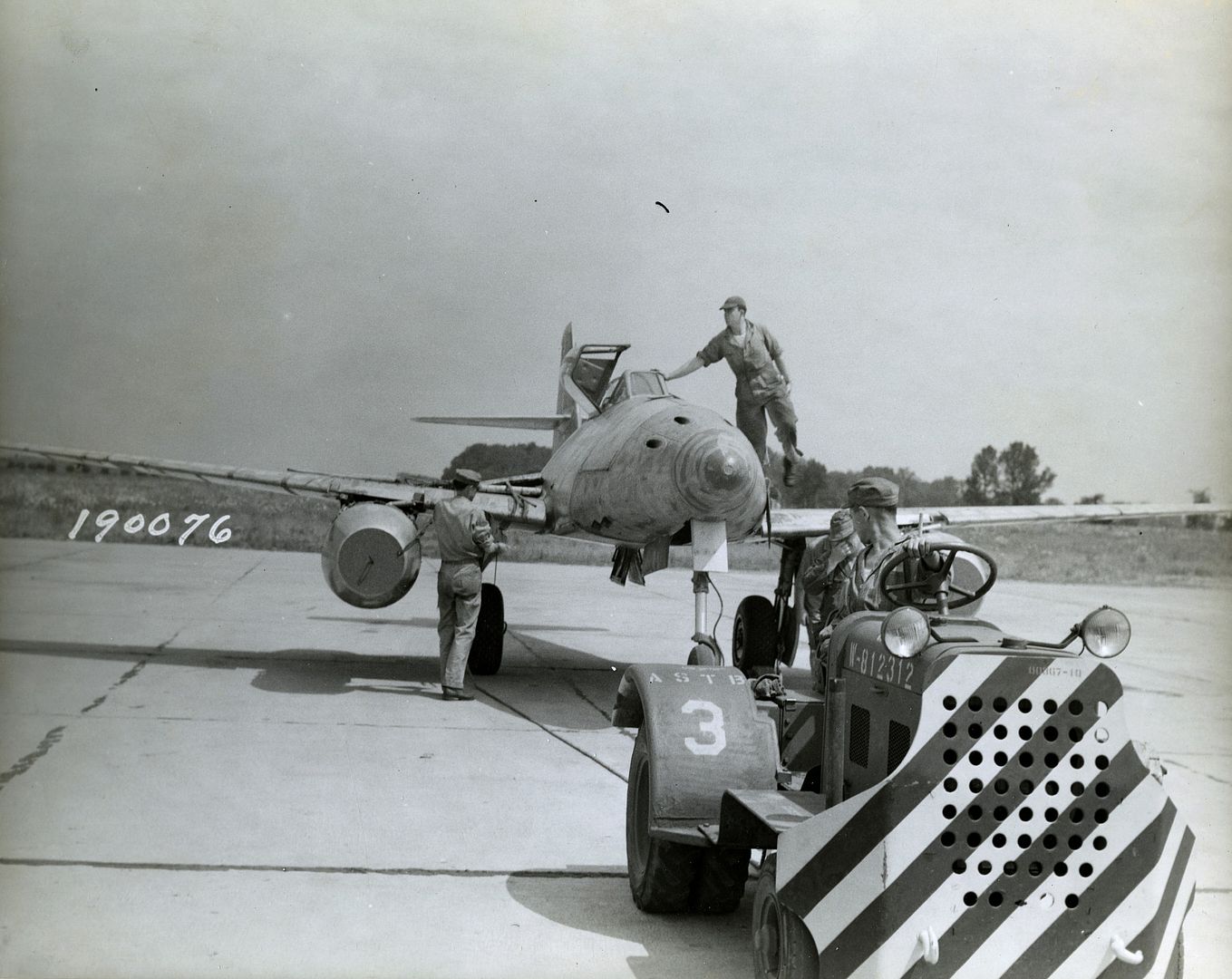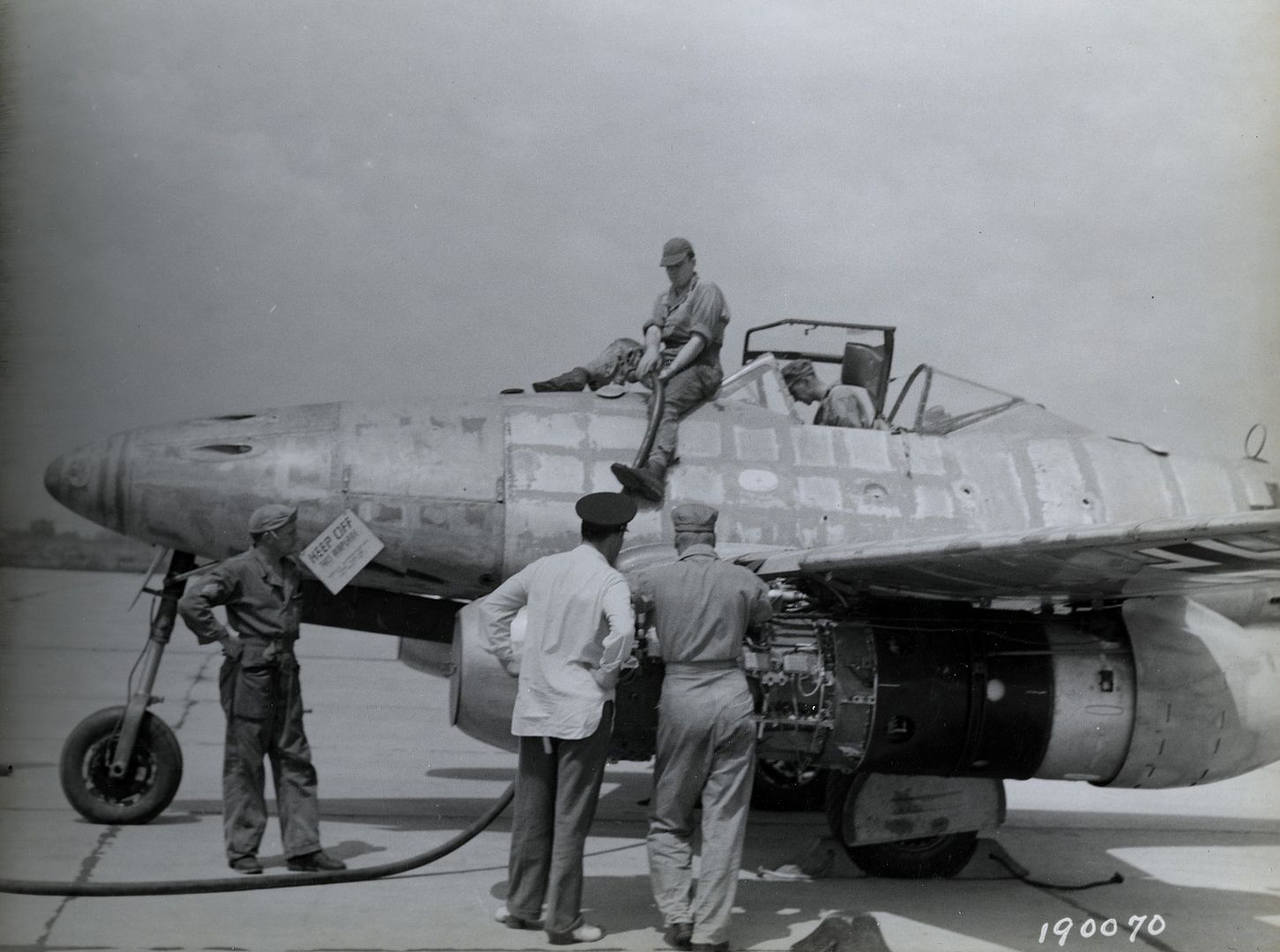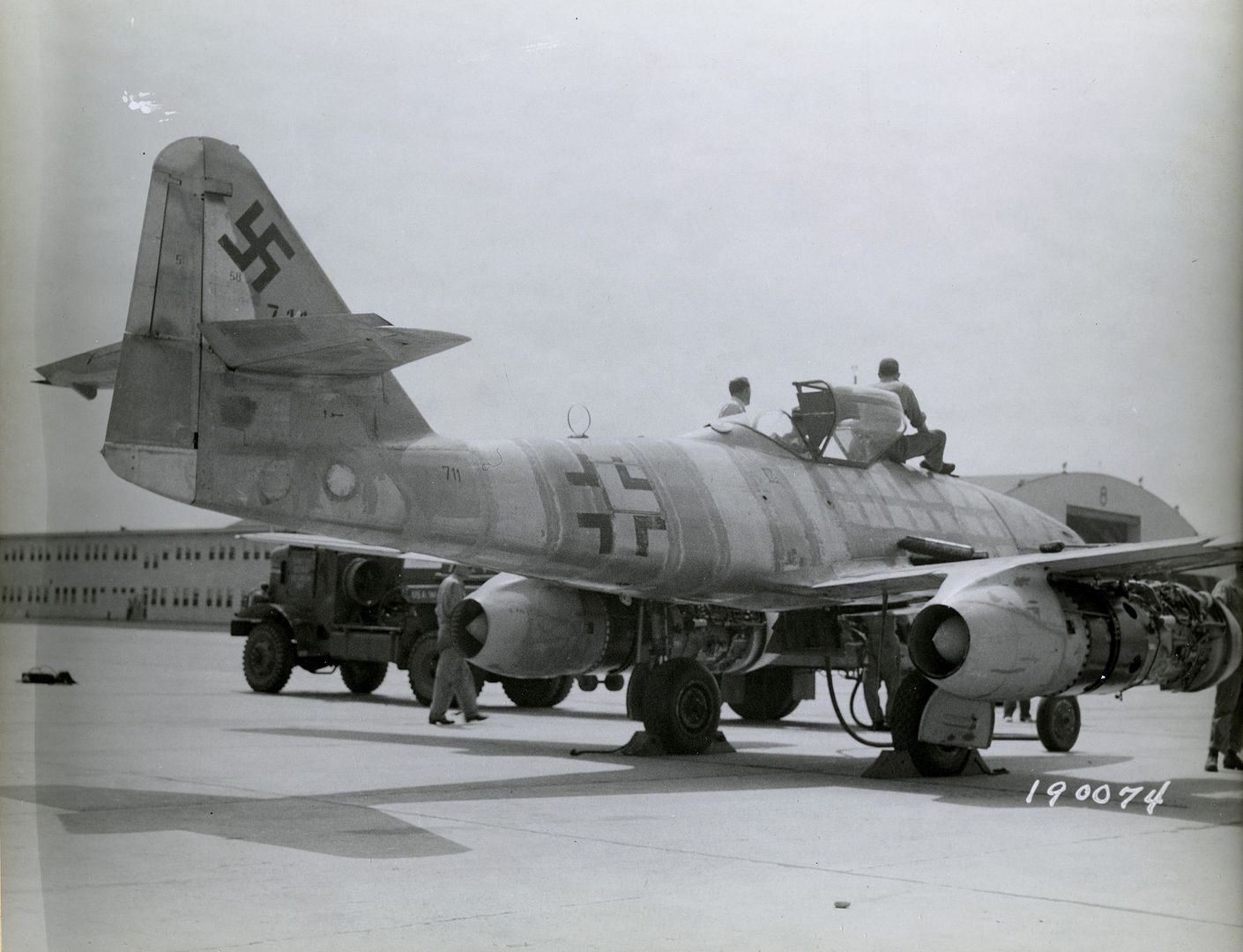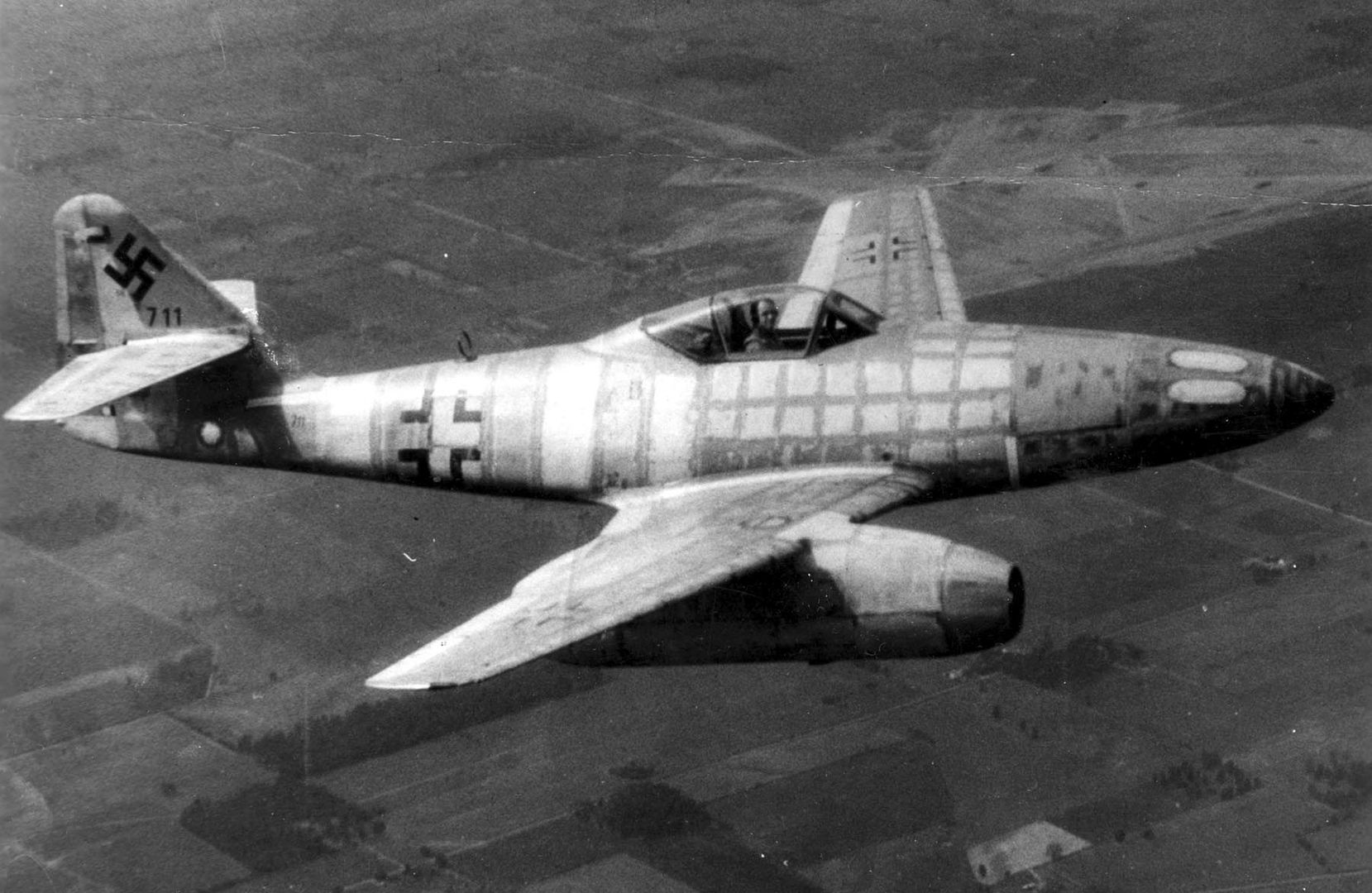Forums
- Forums
- Duggy's Reference Hangar
- Luftwaffe Library
- ME-262A-1 W/N 111711 "Old 711" in detail
ME-262A-1 W/N 111711 "Old 711" in detail
Post a reply
- Go to Previous topic
- Go to Next topic
- Go to Welcome
- Go to Introduce Yourself
- Go to General Discussion
- Go to Screenshots, Images and Videos
- Go to Off topic
- Go to Works in Progress
- Go to Skinning Tips / Tutorials
- Go to Skin Requests
- Go to IJAAF Library
- Go to Luftwaffe Library
- Go to RAF Library
- Go to USAAF / USN Library
- Go to Misc Library
- Go to The Ops Room
- Go to Made in Germany
- Go to Campaigns and Missions
- Go to Works in Progress
- Go to Juri's Air-Raid Shelter
- Go to Campaigns and Missions
- Go to Works in Progress
- Go to Skinpacks
- Go to External Projects Discussion
- Go to Books & Resources
-
7 years agoSun Aug 03 2025, 10:50amDuggy
 Main AdminOn 30 March 1945, German test pilot Hans Fay flew Me-262A-1 Werk Number 111711 from the Messerschmitt final assembly plant at Schw?bisch-Hall to Rhein-Main airfield at Frankfurt, Germany. It was the leading example of the world?s first operational jet fighter to fall into American hands. Intending to defect to Allied forces, Fay took off in the unpainted, factory fresh Me-262 on that Good Friday as a part of an effort to save the brand new aircraft from bombing attacks and advancing allied units. He planned to land near his hometown of Lachen- Speyerdorf, which recently fell to Allied troops and give himself up. However, he could not raise the jet?s landing gear. With decreased range performance changing his plans, Fay flew along the Autobahn at 300-400 feet to Frankfurt and landed on the only open runway at Rhein- Main at 1345. Allied troops only captured the field four days before.
Main AdminOn 30 March 1945, German test pilot Hans Fay flew Me-262A-1 Werk Number 111711 from the Messerschmitt final assembly plant at Schw?bisch-Hall to Rhein-Main airfield at Frankfurt, Germany. It was the leading example of the world?s first operational jet fighter to fall into American hands. Intending to defect to Allied forces, Fay took off in the unpainted, factory fresh Me-262 on that Good Friday as a part of an effort to save the brand new aircraft from bombing attacks and advancing allied units. He planned to land near his hometown of Lachen- Speyerdorf, which recently fell to Allied troops and give himself up. However, he could not raise the jet?s landing gear. With decreased range performance changing his plans, Fay flew along the Autobahn at 300-400 feet to Frankfurt and landed on the only open runway at Rhein- Main at 1345. Allied troops only captured the field four days before.
Air Technical Intelligence (ATI) personnel led by Maj John Gette welcomed the German jet, and immediately began the initial exploitation of the Me-262. The aircraft featured a natural metal finish with black German crosses on the wings and fuselage and a black swastika on the tail. It carried those markings for its entire existence. The jet carried the numbers 711 in black on the tail and on the side of the bomb racks. Fay became a valuable asset as the expert on the aircraft and his interrogation on all aspects of the Me-262 began shortly thereafter.
The Army filmed the initial examination of Me-262A-1 111711 and photographed personnel climbing all over it. The troops opened every access hatch and studied the aircraft as much as they could, yet in order to obtain a complete understanding of the jet?s characteristics and potential usefulness it had to be shipped to the United States. The aircraft needed to go to Wright Field in Dayton, Ohio, where Air Materiel Command had the Army?s experts in foreign materiel exploitation. After the initial few days of examination at Rhein-Main, the Army took the first step to get the aircraft home to the United States. On 2 April 1945, the ATI personnel at Rhine-Main requested Mobile Repair Unit No. 4 from the 7 th Air Depot Group?s 382d Air Service Squadron to come from airfield Y-34 at Metz, France to take the Me-262 apart for shipment. The crew of 14 men inspected the Me-262 and found the tools they normally used to take aircraft apart did not work on the German jet?s metric fittings. American ingenuity proved critical in overcoming that obstacle.
The 382d Air Service Squadron?s history recorded, ?Under the supervision of TSgt Gordon R. Walters, Mobile Chief, the men, through improvisation and usage of old wrenches and tools found in adjacent areas, were able to accomplish their mission and disassemble the plane for shipment to the depot.? The team finished their job by 16 April 1945, when they photographed 711 in a disassembled state. In the coming weeks, the Army transported it to Rouen, France, where it departed Europe on 9 May 1945 aboard the Liberty Ship SS Madawaska Victory.
After Werk Number 111711 arrived at Wright Field, a team from Air Materiel Command (AMC) re-assembled it, and by 29 August 1945, the aircraft stood ready for a test flight. Captain Russell E. Schleeh, a former B-17 pilot that became a leading test pilot at Wright Field?s Flight Test Division, took the aircraft up for the first test flight. The flight almost ended in tragedy when the assembly crew did not install the four, 130-pound MK-108 30mm cannons in the aircraft. The missing 520 pounds in the nose caused a major shift in the aircraft?s center of gravity (CG), causing Capt Schleeh great difficulty in maintaining control during takeoff. His skill enabled him to overcome the aircraft?s CG problem and he landed safely. Captain Schleeh?s first two flights in the Me-262 on 29 August and 12 September 1945, gave him one hour and 45 minutes experience in the aircraft. When Schleeh moved on to flight test other aircraft at Wright Field, other pilots including 1Lt Walter J. McAuley, Jr. from the Fighter Operations Section took over the testing of the Me-262, now known as T2-711.
Air Materiel Command's T-2 Intelligence accepted responsibility for the technical analysis of T2-711 and that resulted in detailed documentation of the jet?s capabilities. In February 1947, T-2 Intelligence produced a report on the Me-262 exploitation entitled, Evaluation of the Me-262 (Project No. NAD-29) . In the report, T-2 engineer Roy W. Adams provided detailed analysis of the aircraft's characteristics and performance. He explained that the tests involved the two examples of the German fighter still stationed at Wright Field; T2-711 and T2-4012. T2-711 served as the main aircraft for the handling and performance tests and flew 12 times for a total of 10 hours and 40 minutes. In comparison, T2-4012 flew eight times for a total of four hours and 40 minutes. During the 20 test flights at Wright Field during 1945-46, T2-711 required five engine changes and 4012 needed four. The crash of T2-711 on 20 August 1946 due to engine failure, as well as two single-engine landings by 4012, led to the cessation of the Me- 262 flight test program at Wright Field. The limited value gained from further testing of a German jet was not worth the risk of losing a pilot.
The Army Air Force team at Wright Field learned some important facts about the Me-262 in spite of challenges presented from both the early jet's design and late war manufacturing shortfalls. The cockpit of the Me-262 tended to be tight for most American pilots, and it proved to be hard to turn around and see behind you and above you. The pilots graded the jet's brakes as very poor and all takeoffs in the Me-262s had to be rolling takeoffs, with no stops. In addition, the landings rolls had to be very long. The Americans found the Me-262 did not handle well above 350 miles per hour, probably due to the fact that T2-711?s aileron trim tabs could only be adjusted on the ground. In that, Germany?s late war construction techniques manifested itself. The factory workers also riveted the elevator trim tab in place. The 12 test flights of T2-711 had to be enough to gain a greater appreciation for German jet development. It only lasted a year into the program.
First Lieutenant Walter J. McAuley Jr. from Tarrant County, Texas loved to fly airplanes. With his country at war, McAuley received his wings on 29 July 1943 at the relatively late age of 26. At the time he piloted T2-711 on its last, fateful flight, he had 671 total hours, 61 of which came in combat. As a Wright Field test pilot, he accumulated two hours and 45 minutes flying the Me-262. The last test flight of Me-262 T2-711 began on 20 August 1946, when 1Lt McAuley avoided using the aircraft?s weak brakes by being towed to the end of the runway before starting his engines. He took off from Patterson Field at 1205 Eastern Standard Time (EST). Accompanying him was Maj Richard L. Johnson in a Lockheed P-80, tail number 44- 85121.
The two pilots planned to conduct a comparative formation performance test flight at 20,000 feet, where the two jets performed a power calibration side by side. Major Johnson flew his P-80 at full power as Lt McAuley opened up the throttle on the Me-262 and passed him. After completion of the test, the P-80 returned to the airfield as the Me-262 continued a high speed run over Clinton County, Ohio. Just as McAuley prepared to ease back on the jet?s throttle he noticed ?a terrific vibration which could be felt and heard, developed in the aircraft.? The Junkers Jumo 004 jet engines that powered the Me-262 lived up to their reputation that day. McAuley later testified, ?We have been expecting it all along.?
The sequence of events that followed the vibration first had the pilot back the throttles off. Then, he noticed a surge in the right engine?s rotations per minute (RPM) gauge. Assuming the vibration came from the right engine, he closed the fuel cut-off valve, effectively shutting the engine down. Unfortunately, the vibration continued. McAuley reported, ?At this point gray smoke was observed coming from the left unit and the left tailpipe temperatures went to zero, indicating that the instrument had failed.? All he could do at that time was shut down the fuel flow to the left engine and place himself in a glider going 225 miles per hour. The left engine, Jumo 109-004, serial number 111301569, only had eight hours and 20 minutes on it since its last major overhaul. Now it was on fire. McAuley later stated, ?I think the turbo wheel threw a bucket.?
The lieutenant realized he needed to let someone know what was going on. He called Major Johnson on the radio to come back in his P-80 and try to find him. He also called the air traffic control station at Patterson Field, WVAW-9, to provide him a heading to the runway. His next worry was trying to restart the right engine. In his crash investigation testimony, McAuley stated, ?A start was obtained but the flame would not flare out and the engine continued to torch and run at approximately 2,500 R.P.M with flame extending two to three feet behind the tail cone.? Given the normal operation for the engine was 8,700 R.P.M., he realized that the jet was going down. Johnson spotted the trail of smoke from the Me-262 when it was at 12,000 feet. He sighted the jet itself at 9,000 feet. Initially, McAuley told Johnson over the radio he planned to leave the aircraft at 5,000 feet if he did not start the engine. With a burning jet and no way to reach an airfield, McAuley chose to leave at 7,500 feet, with Johnson watching over him and giving him instructions.
After slowing the aircraft to 150 mph, the lieutenant pulled the canopy release handle on the right side of the cockpit. The canopy flew off and at 1240 EST the pilot jumped off the right side ?to avoid the fire from the left unit.? As he flew under the right horizontal stabilizer, the back of McAuley?s head bumped the tail, knocking his helmet off. He continued to receive injuries when the opening parachute caused a buckle to cut his chin, and the landing in a corn field sprained his left ankle. He landed about a mile from where the aircraft impacted the earth. After McAuley bailed out the jet descended a little, then nosed up into almost a stall. McAuley observed, ?It then nosed down and banked left and started a spiral steepening until the wings were near vertical at impact.? Including its first defection flight, Me-262A-1 111711 only flew 13 times in its short life.
Text from here -- http://www.insearchofhistory.com/me262.html
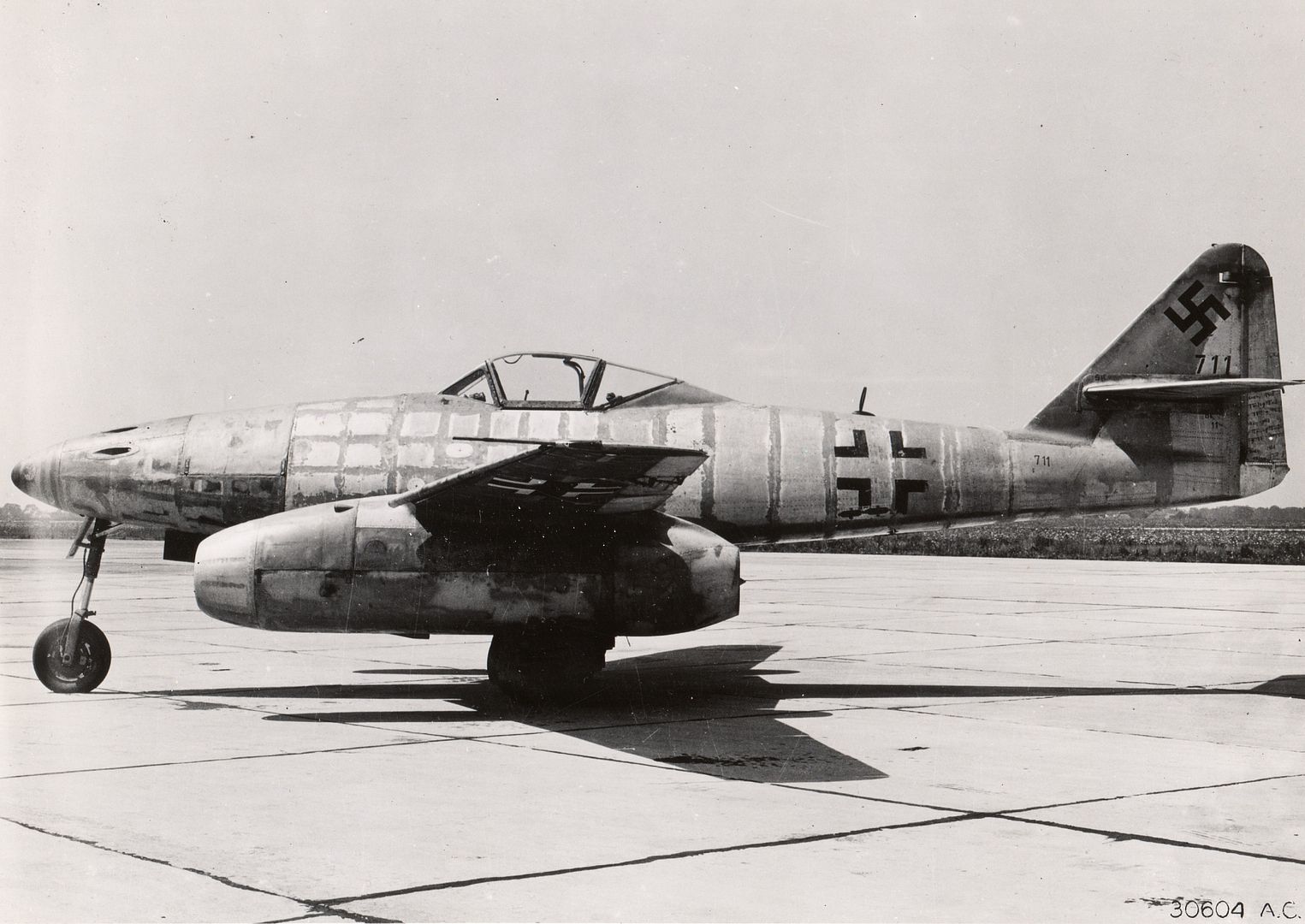
structural details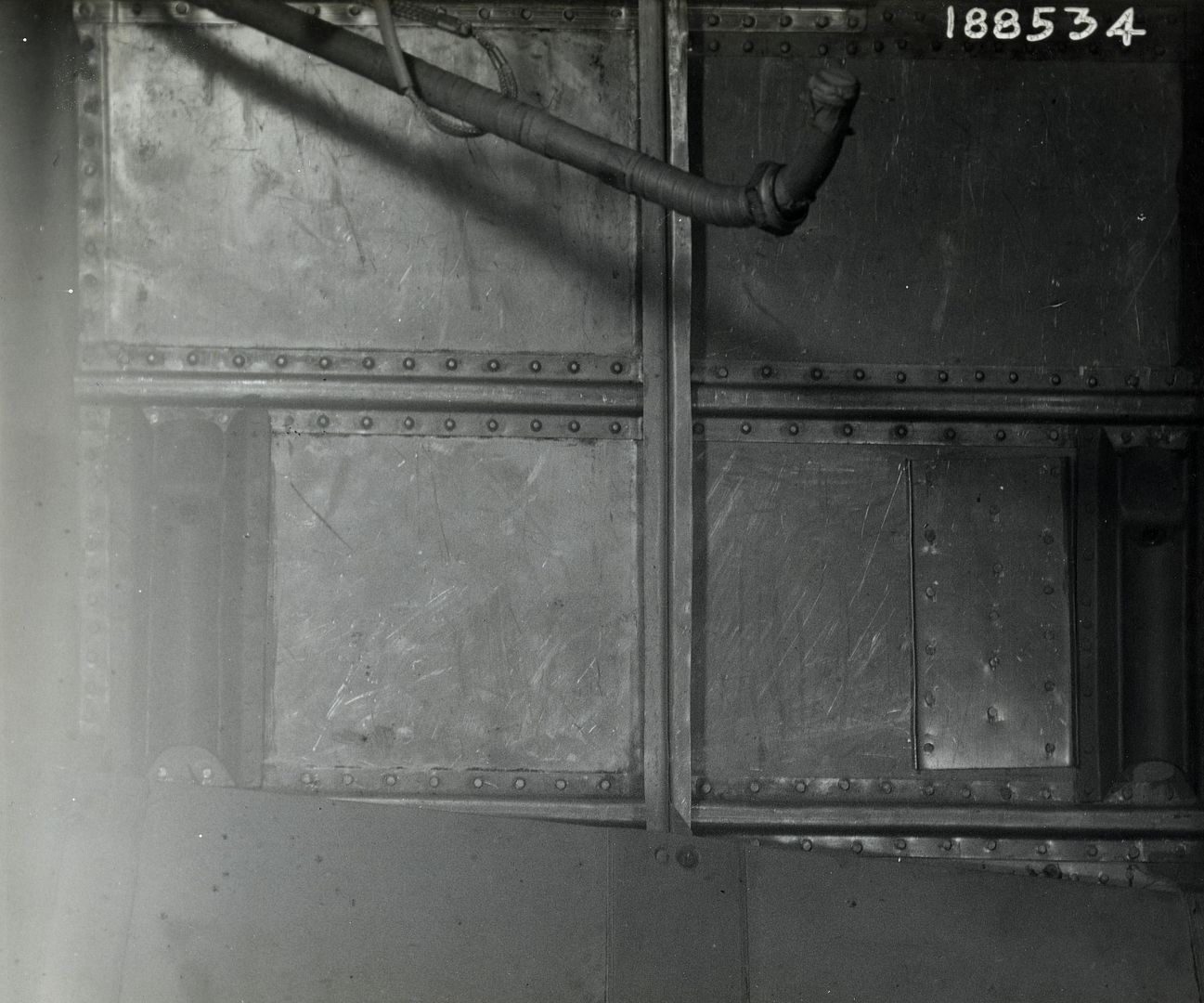
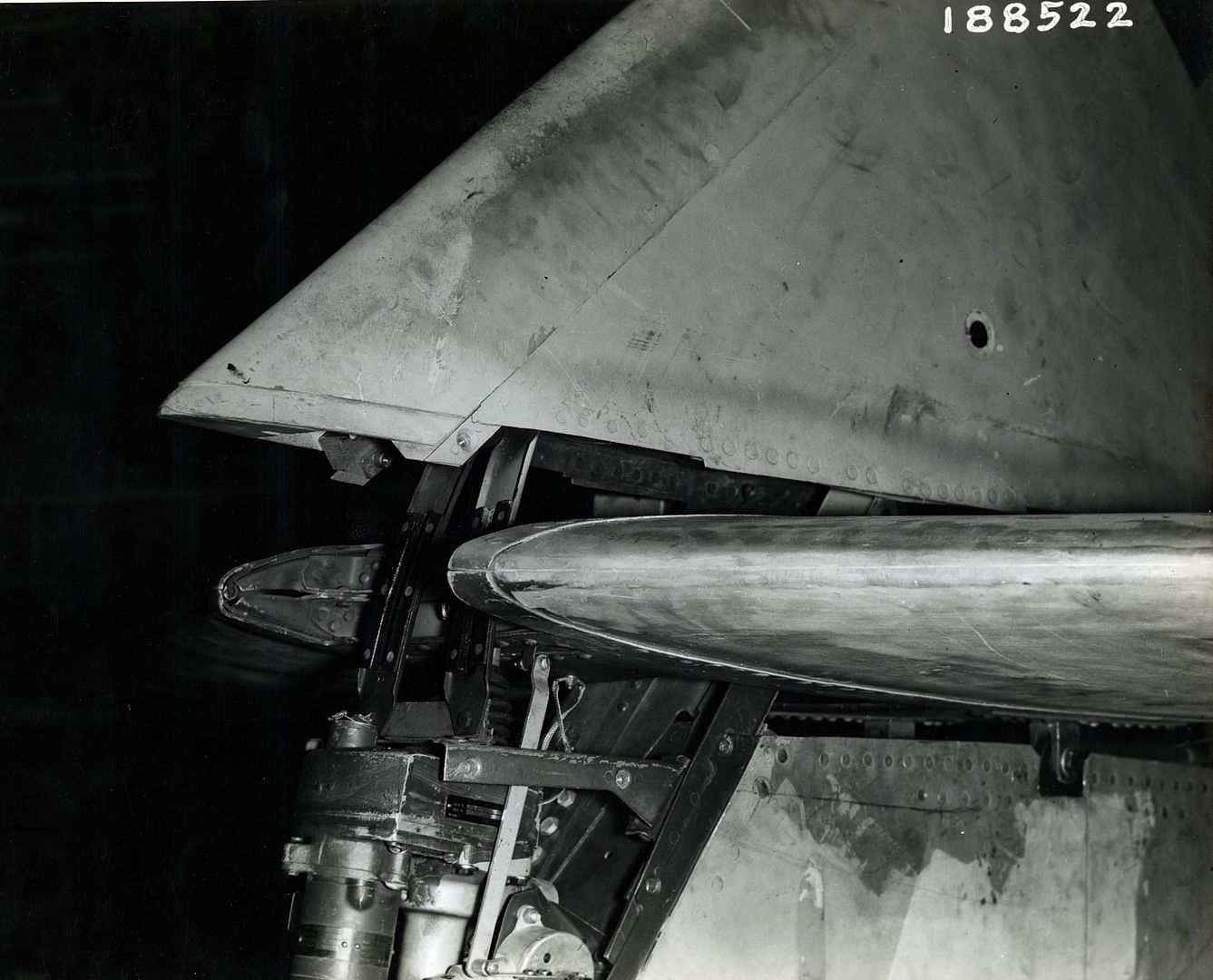
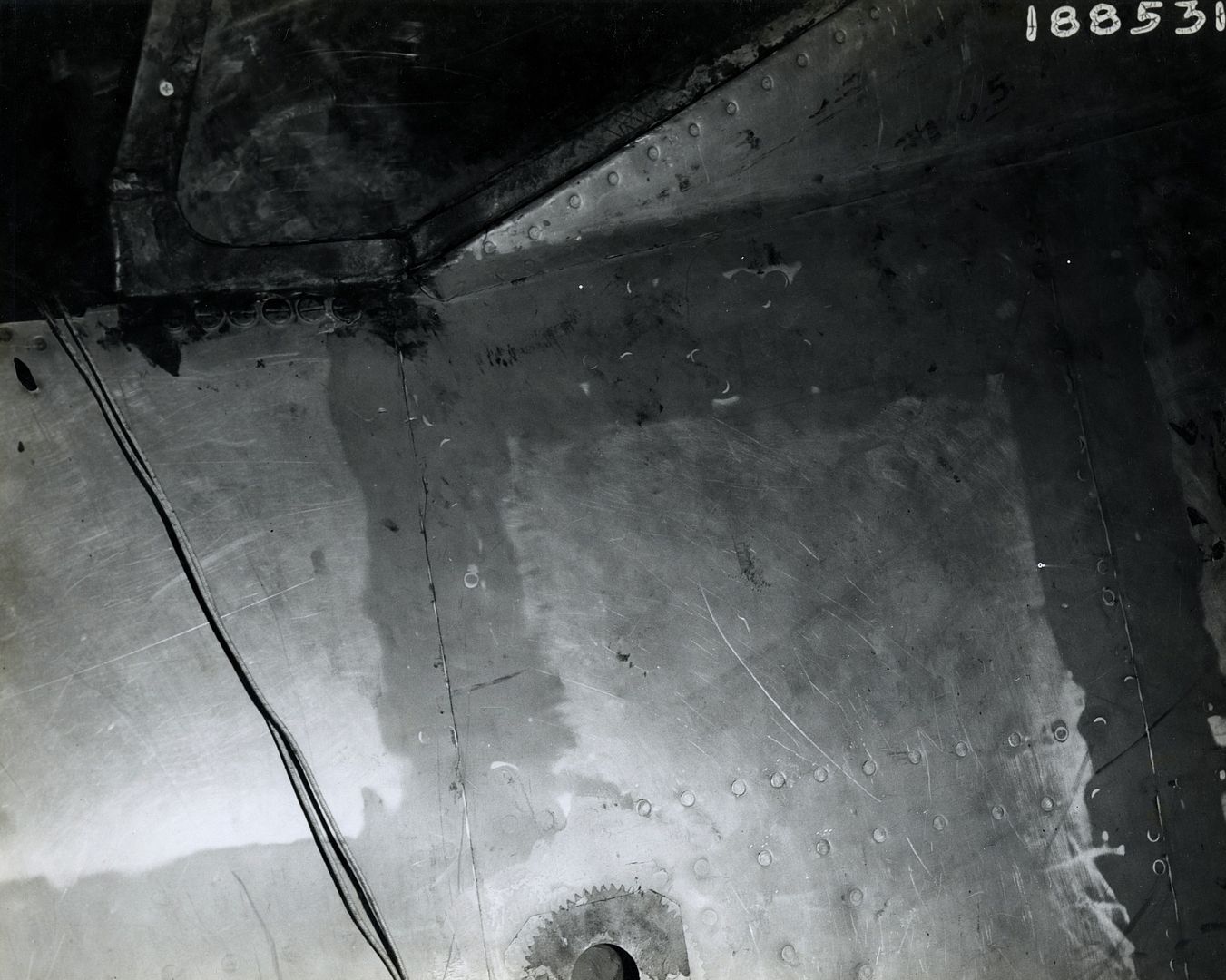


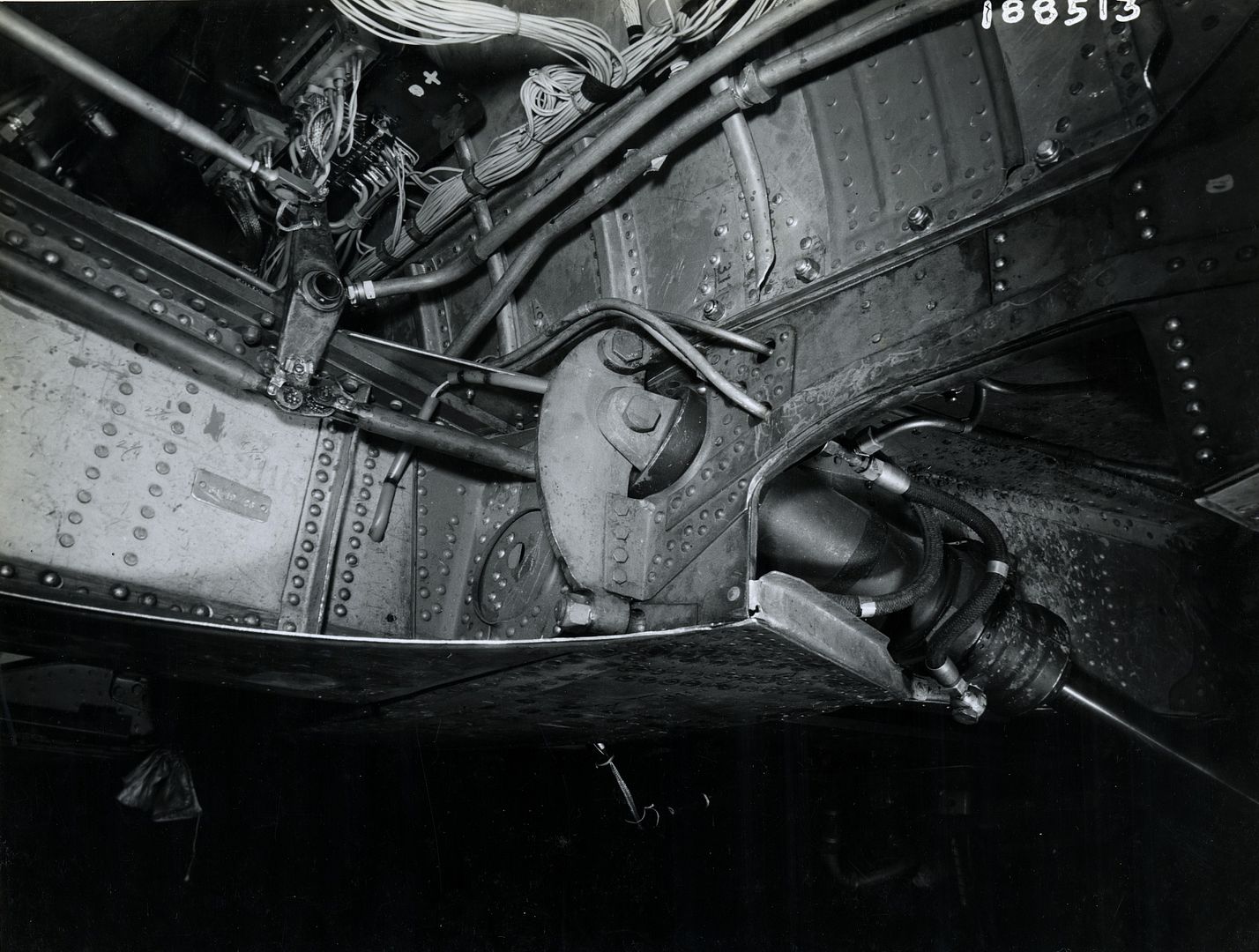

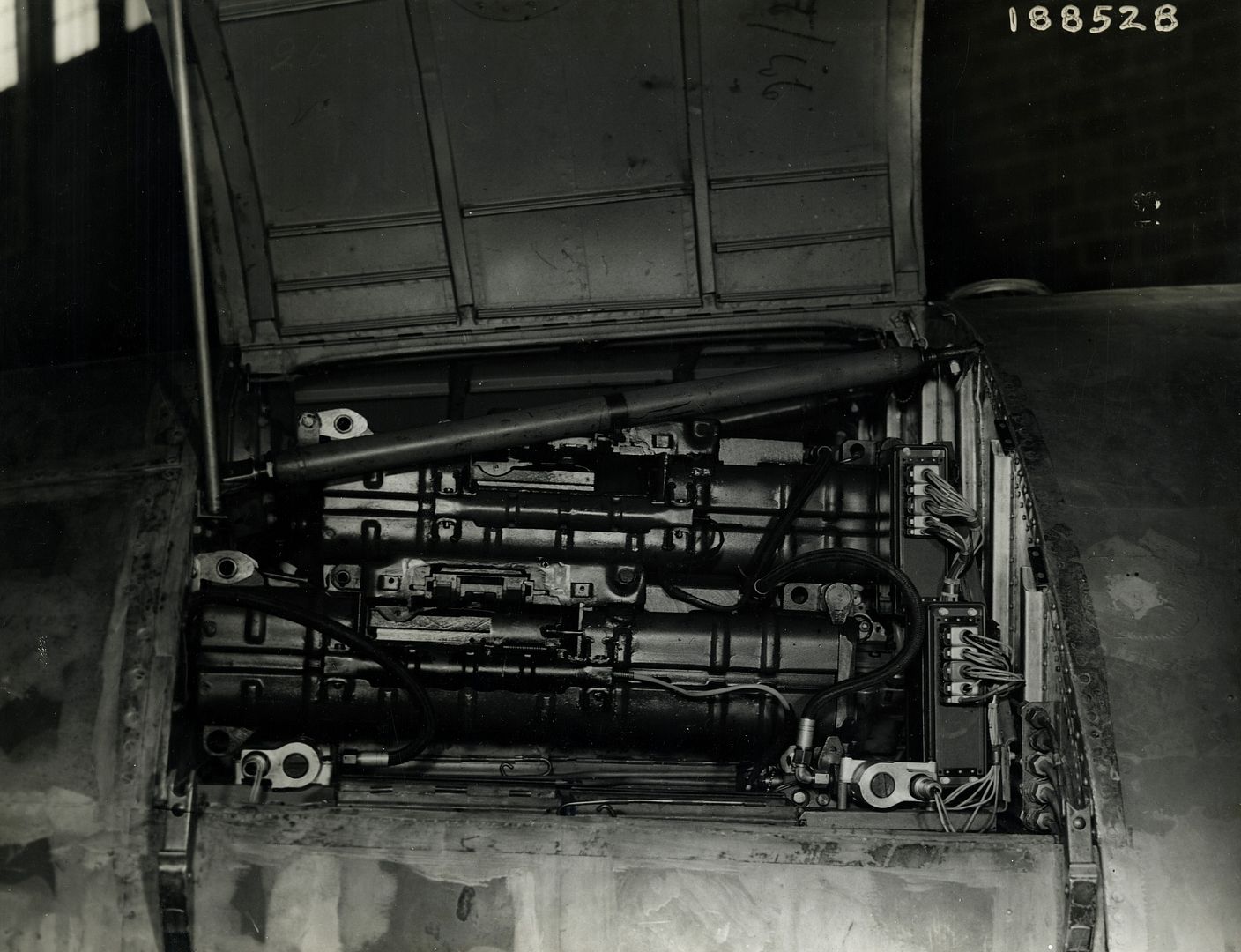
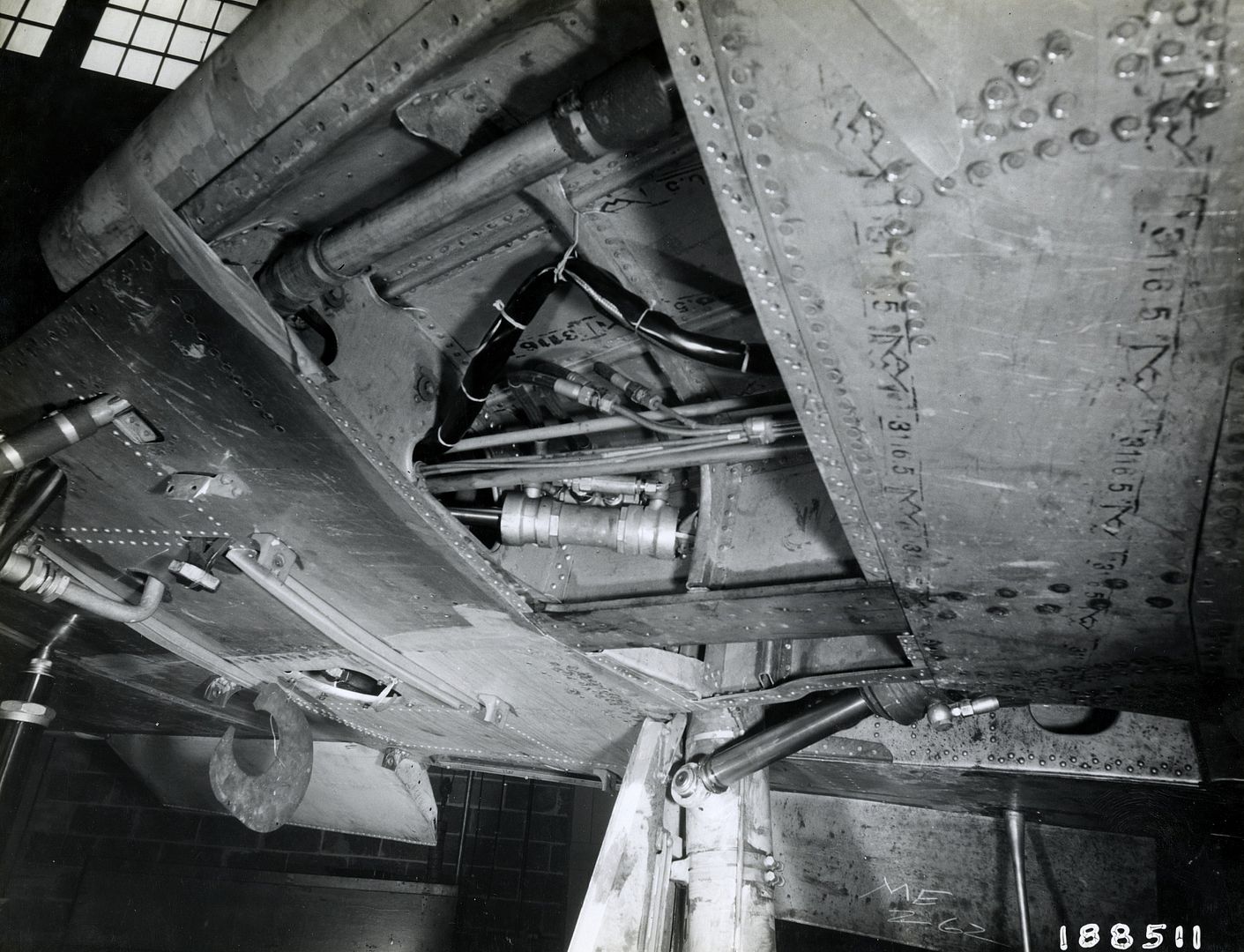
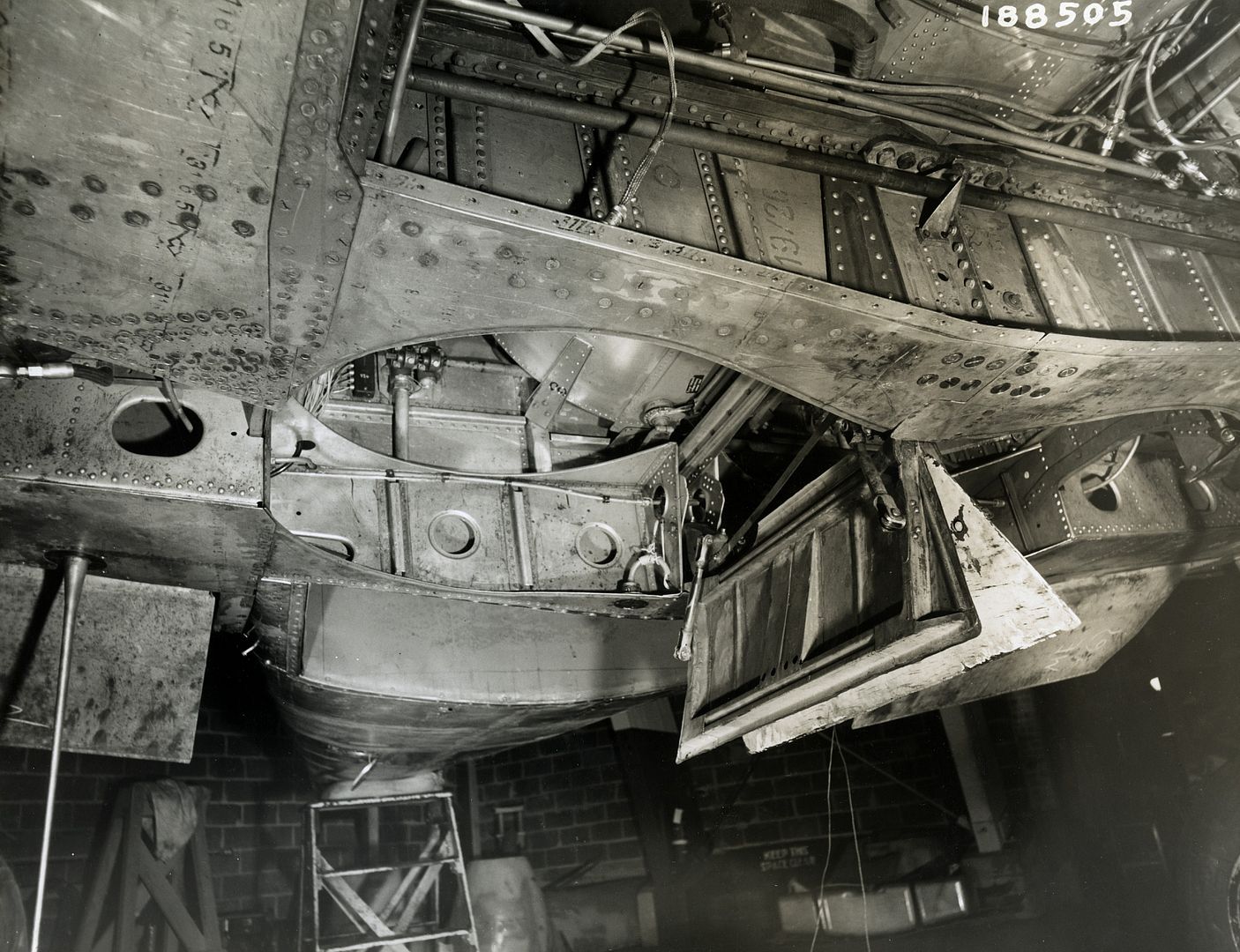
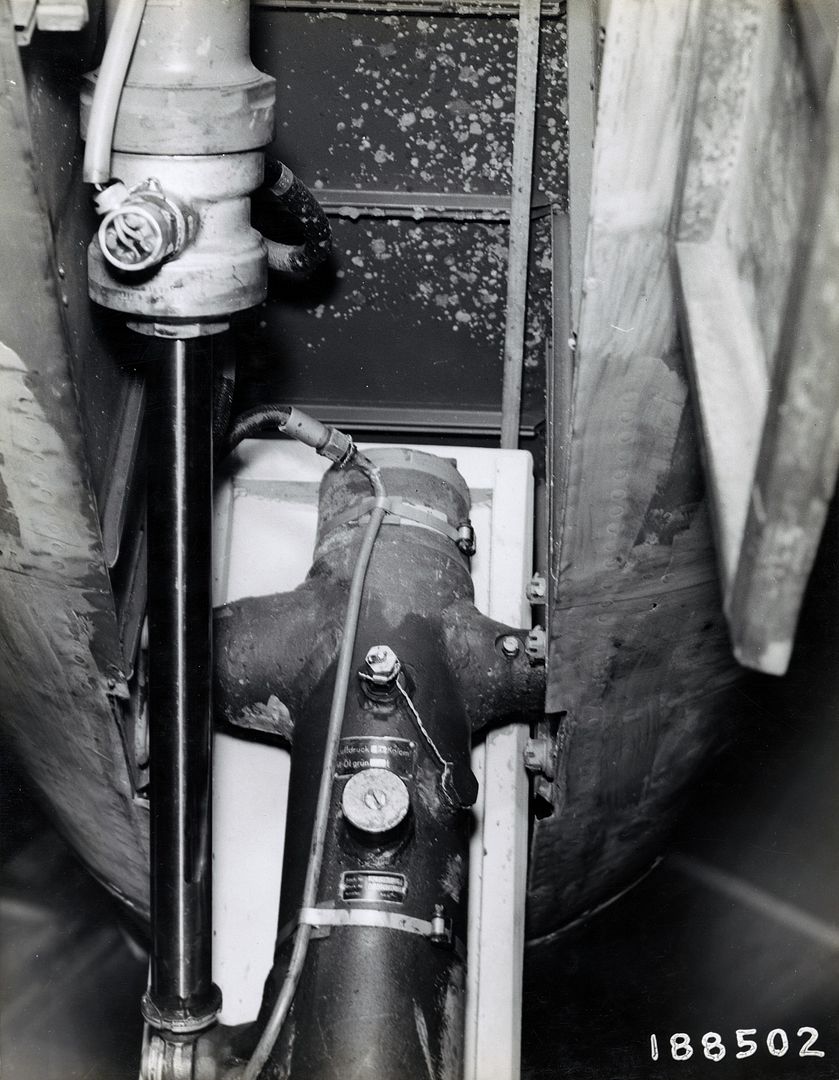

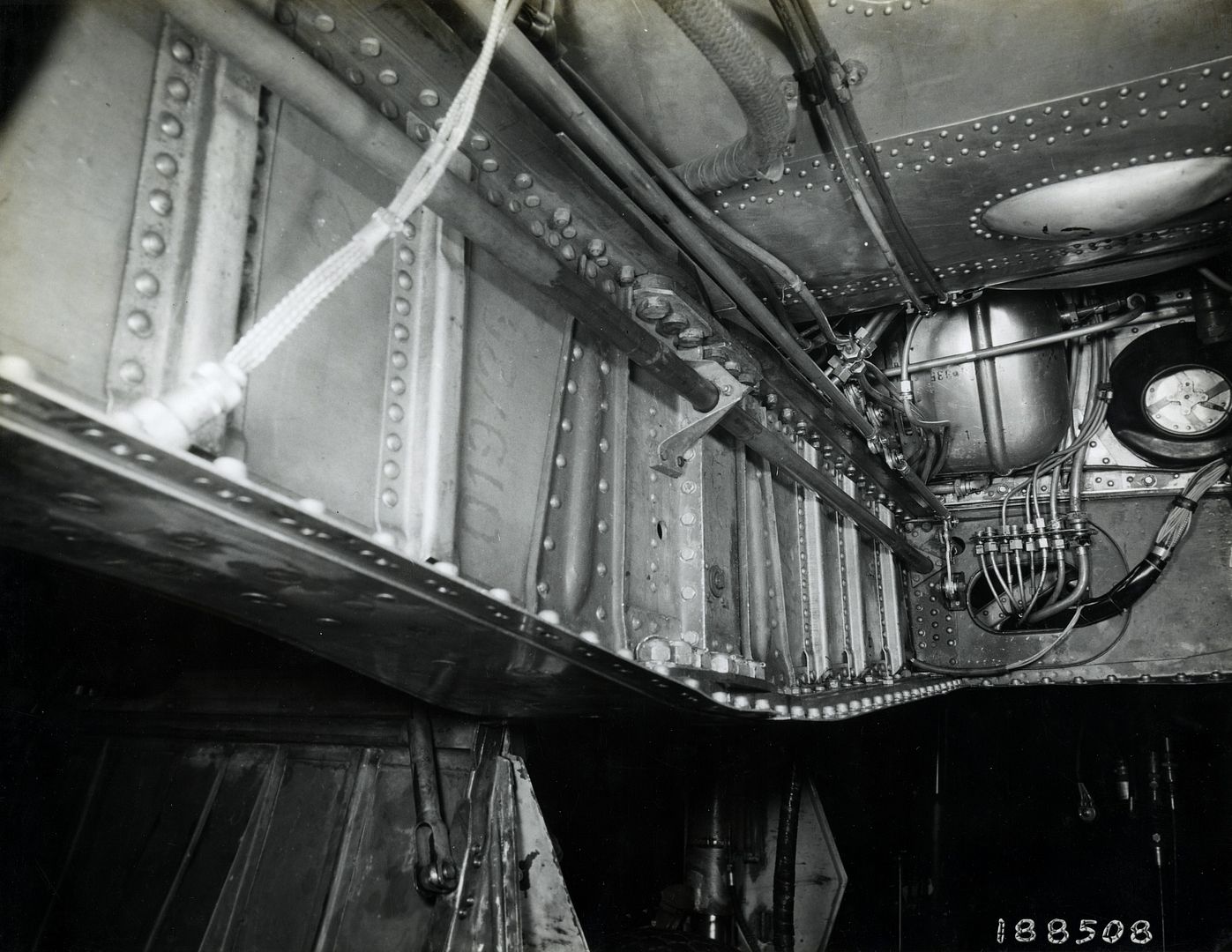
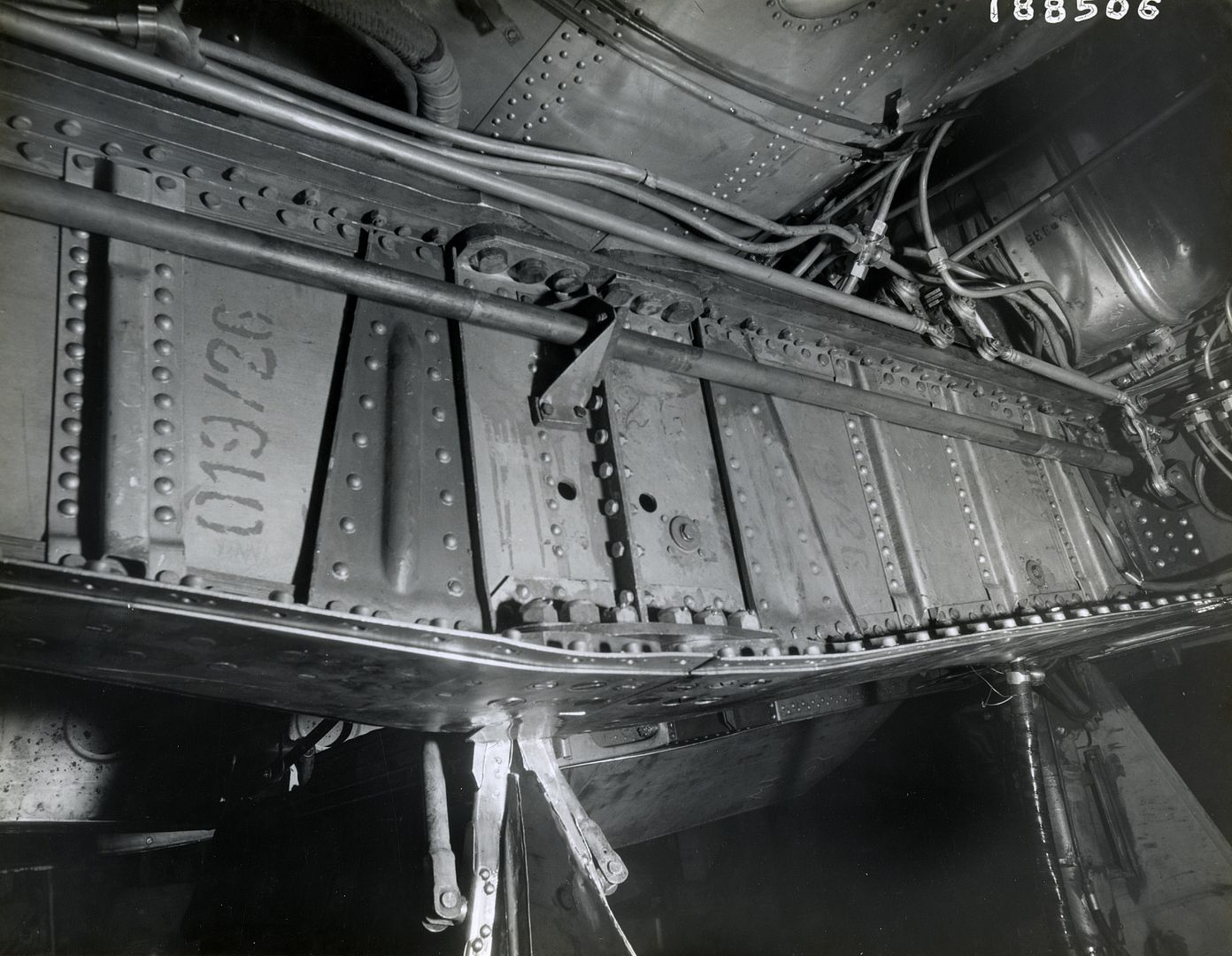
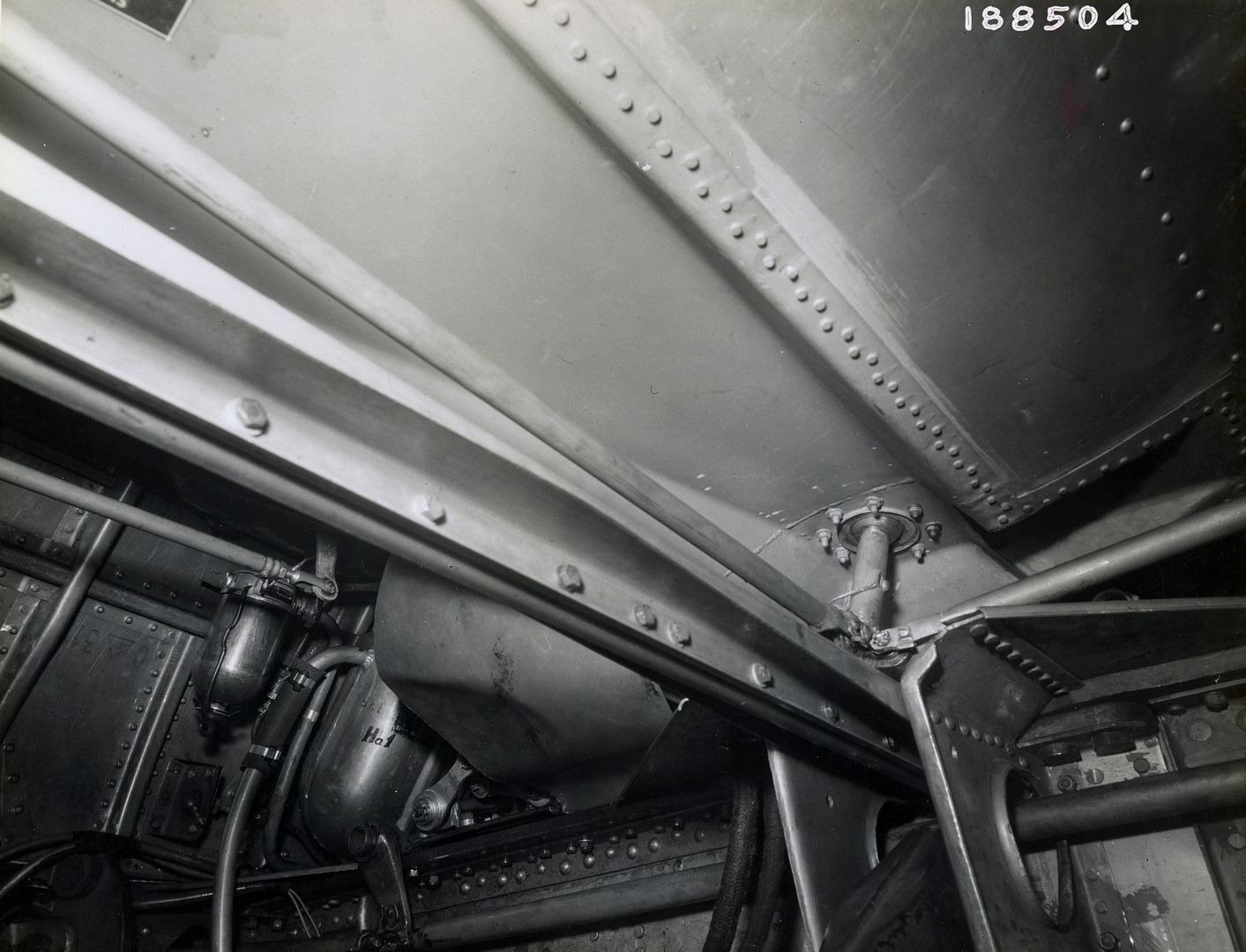
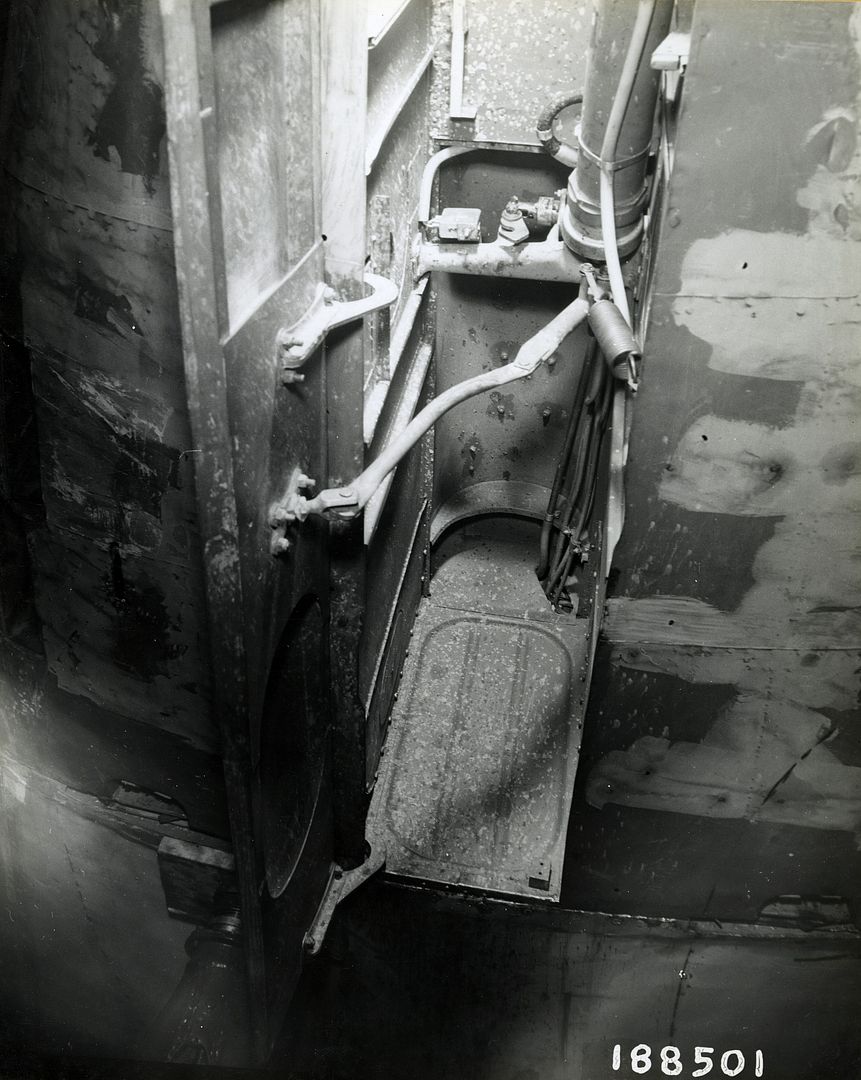
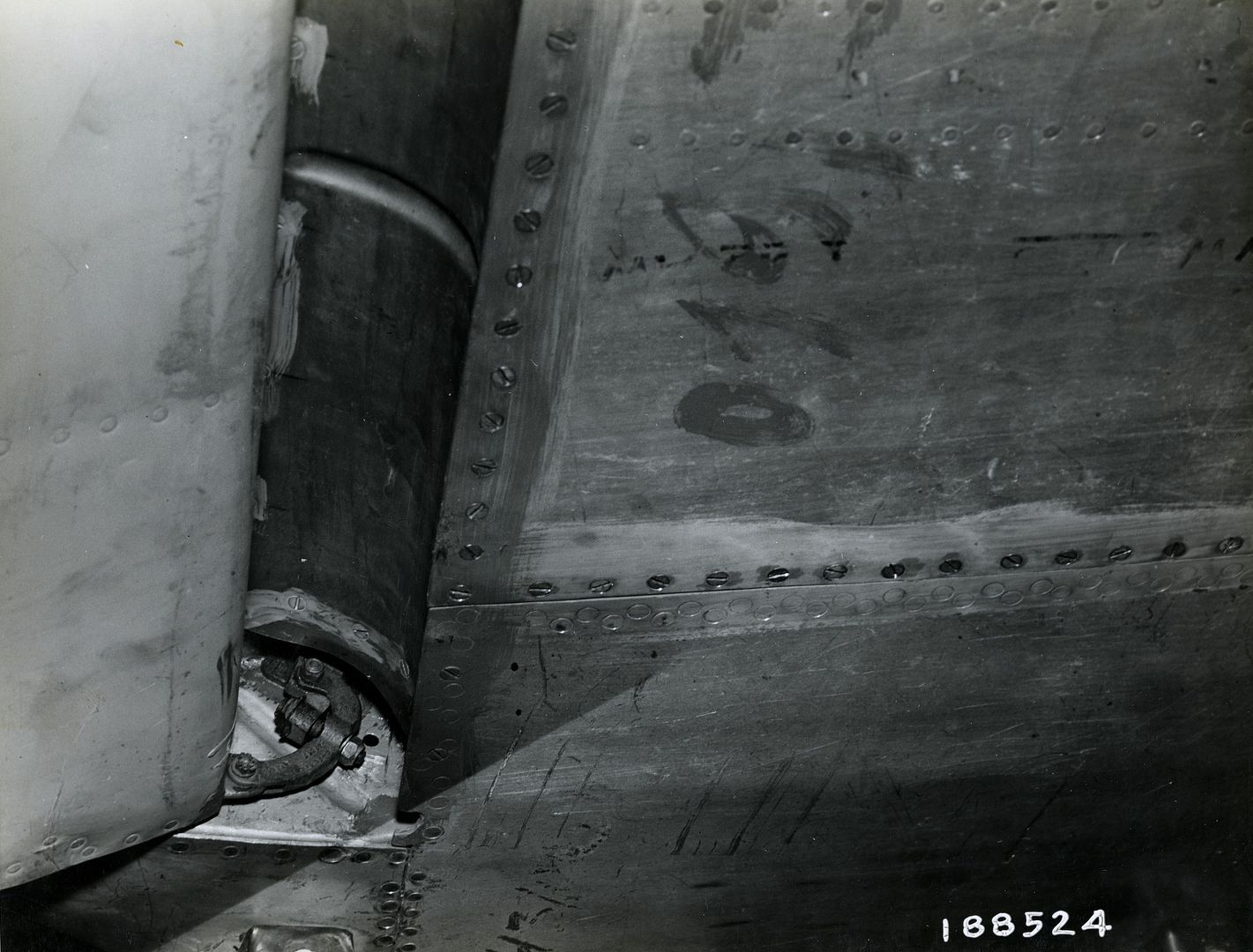
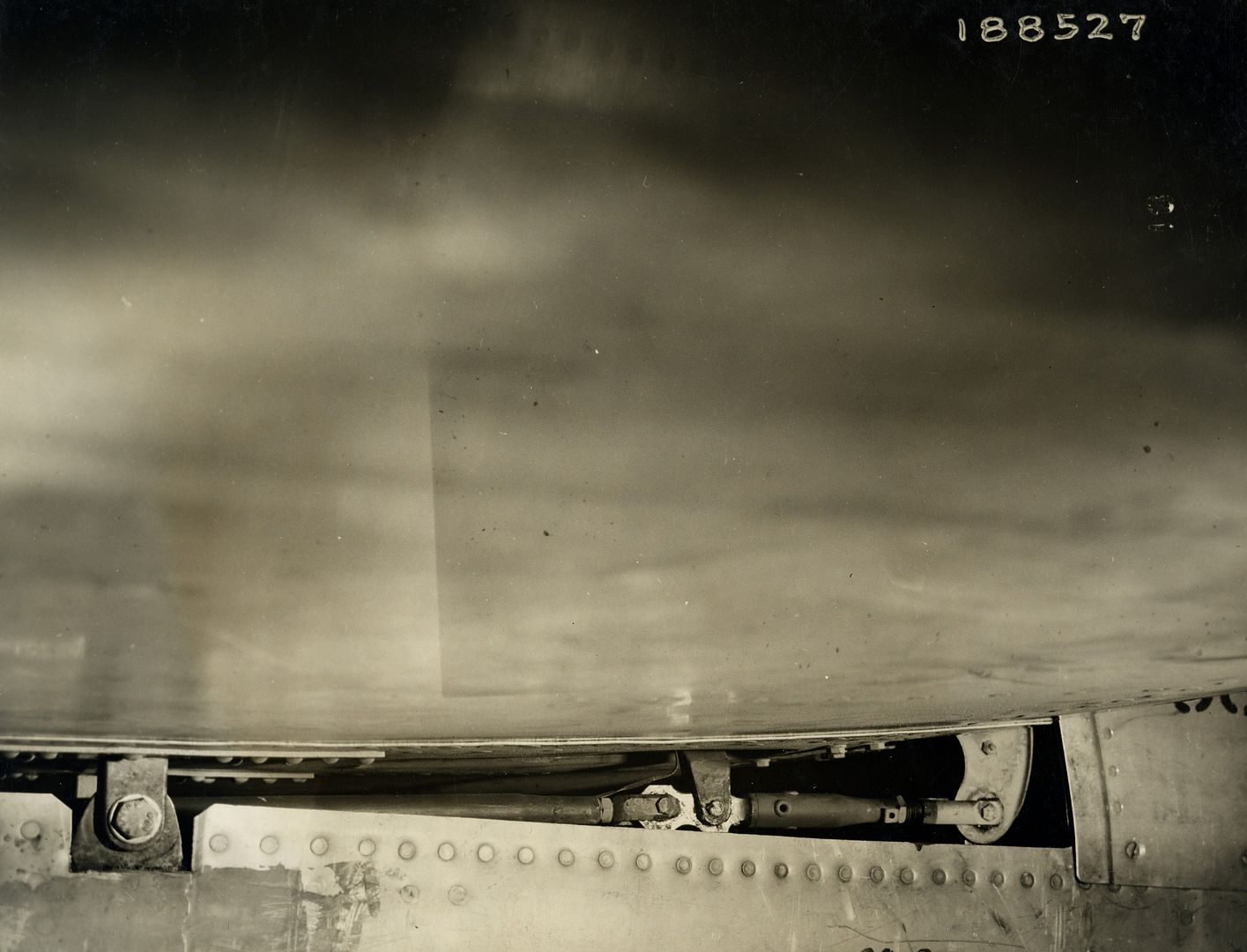
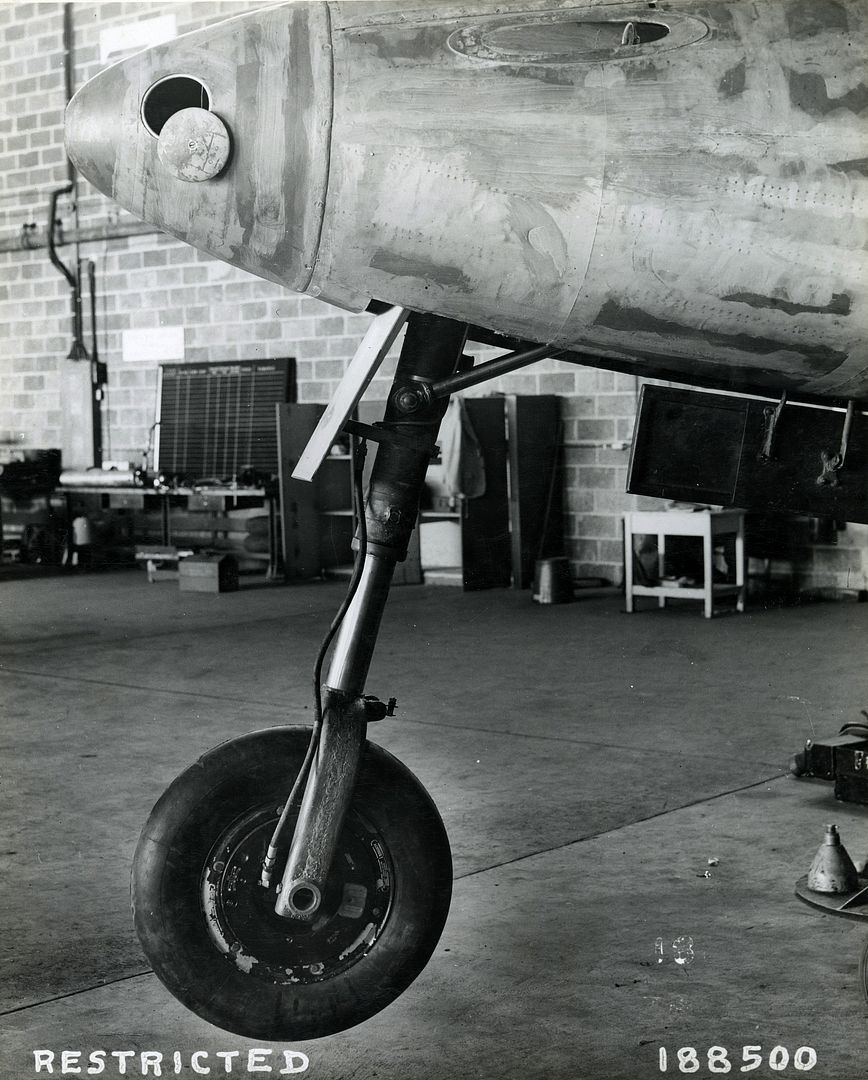
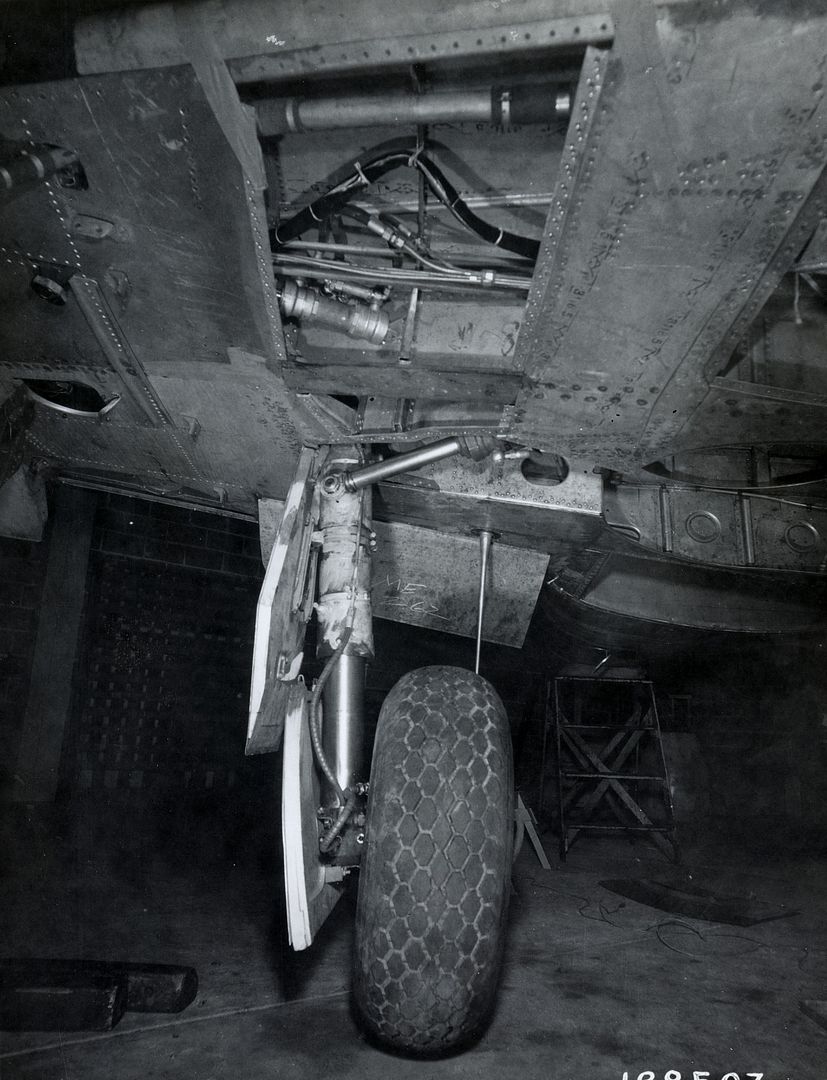
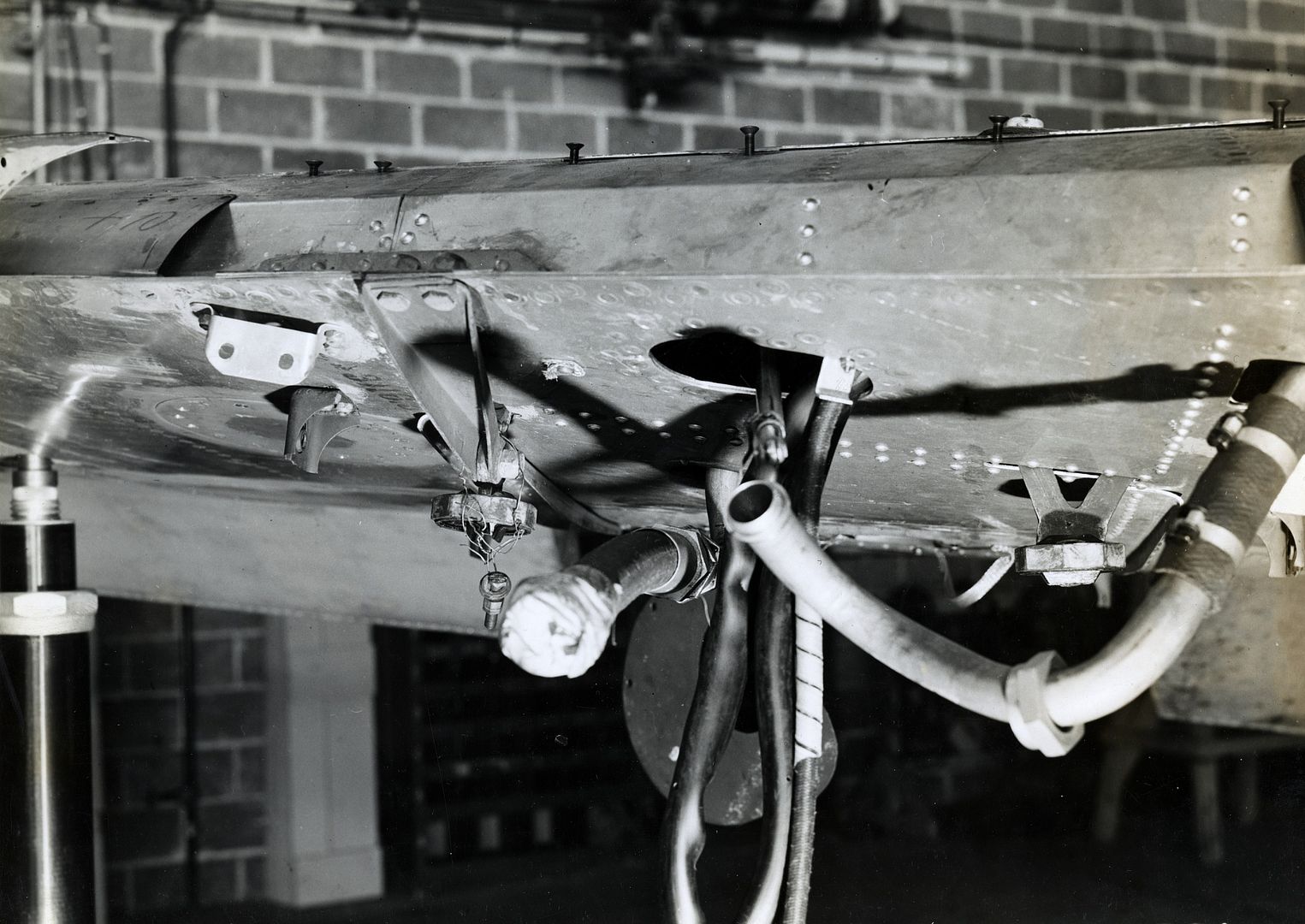
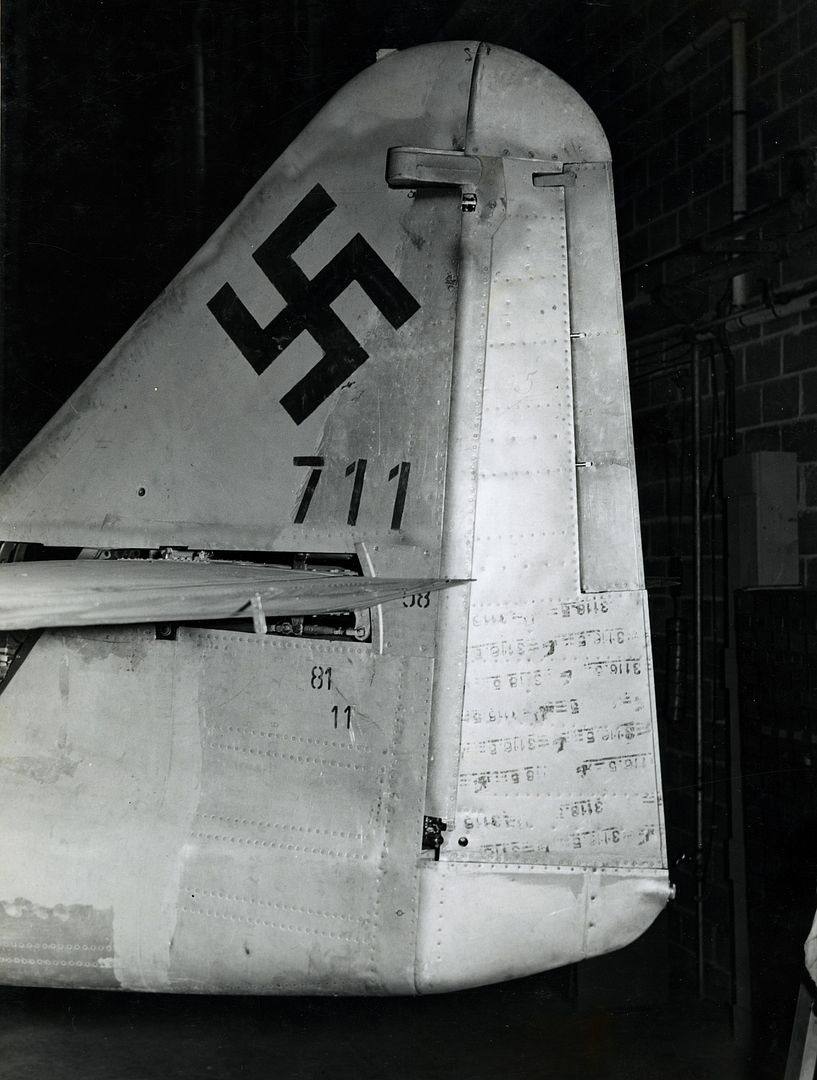


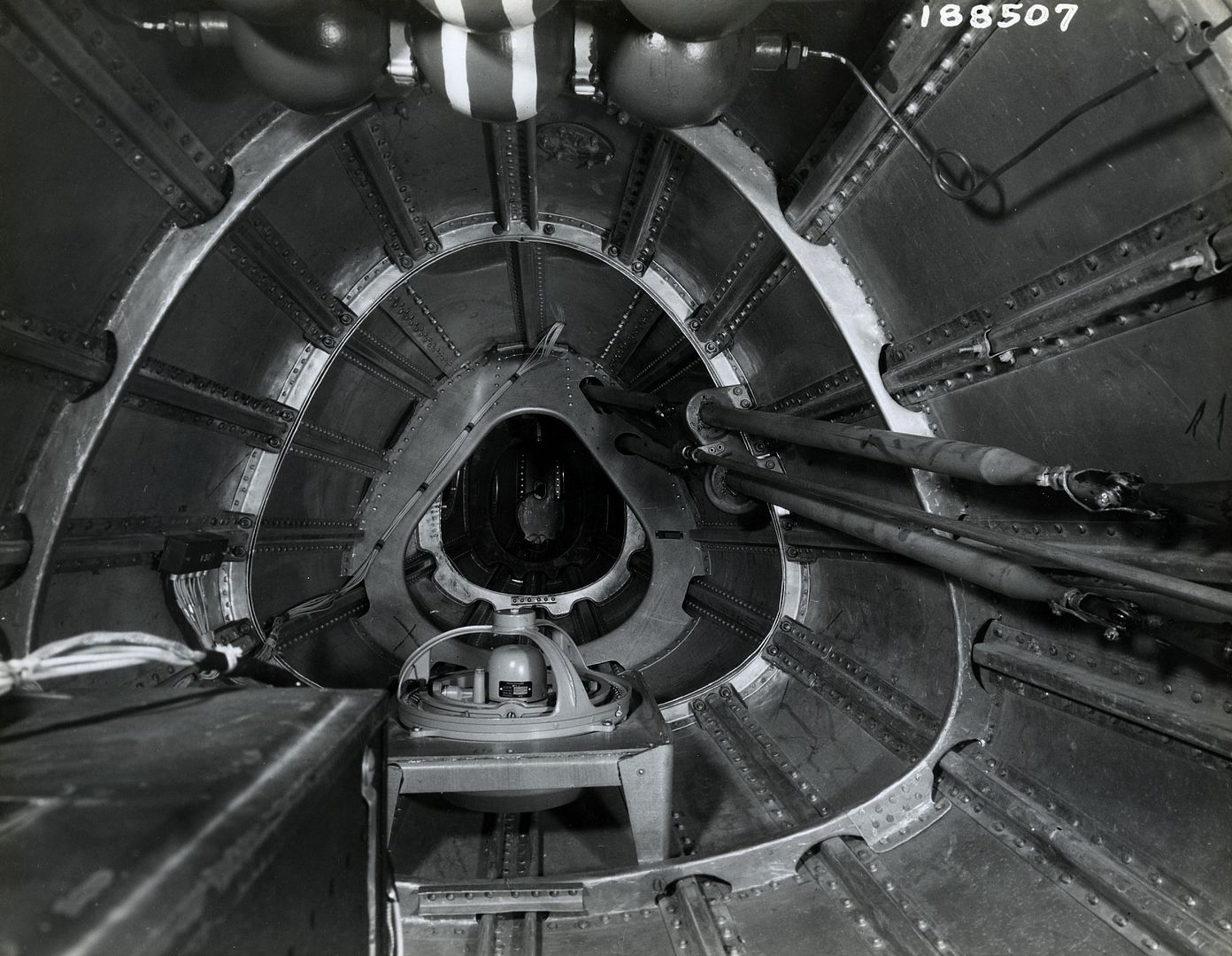
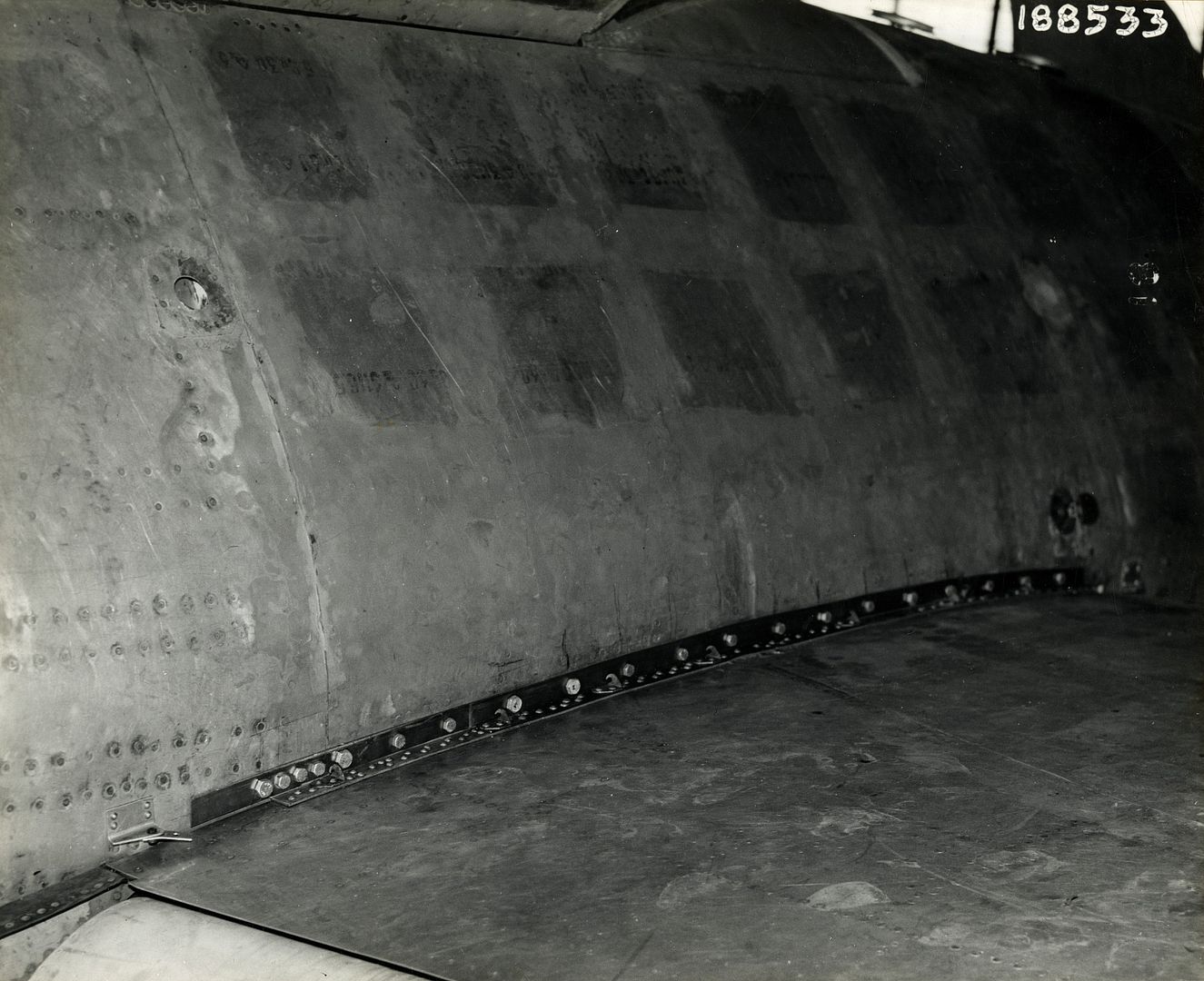
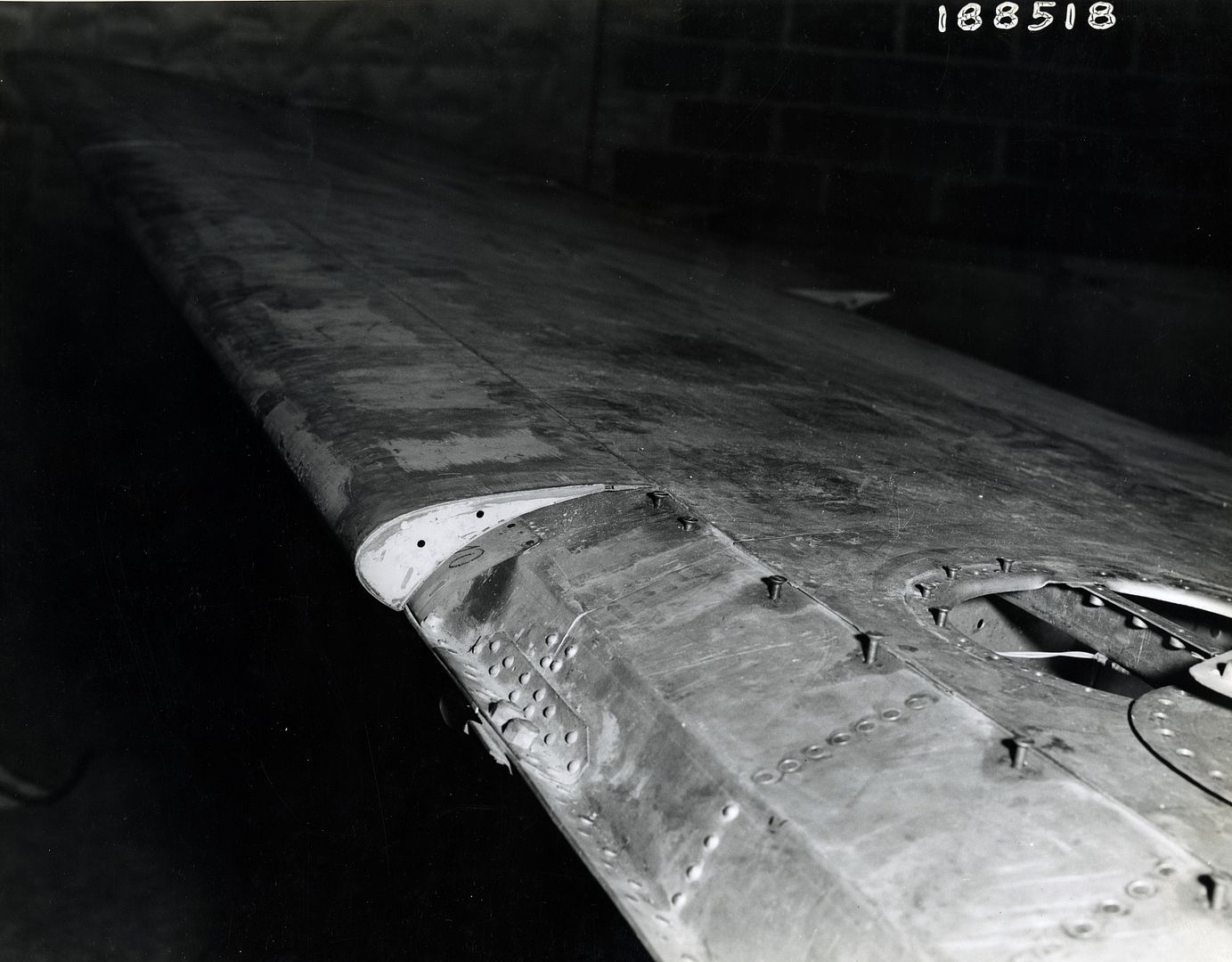

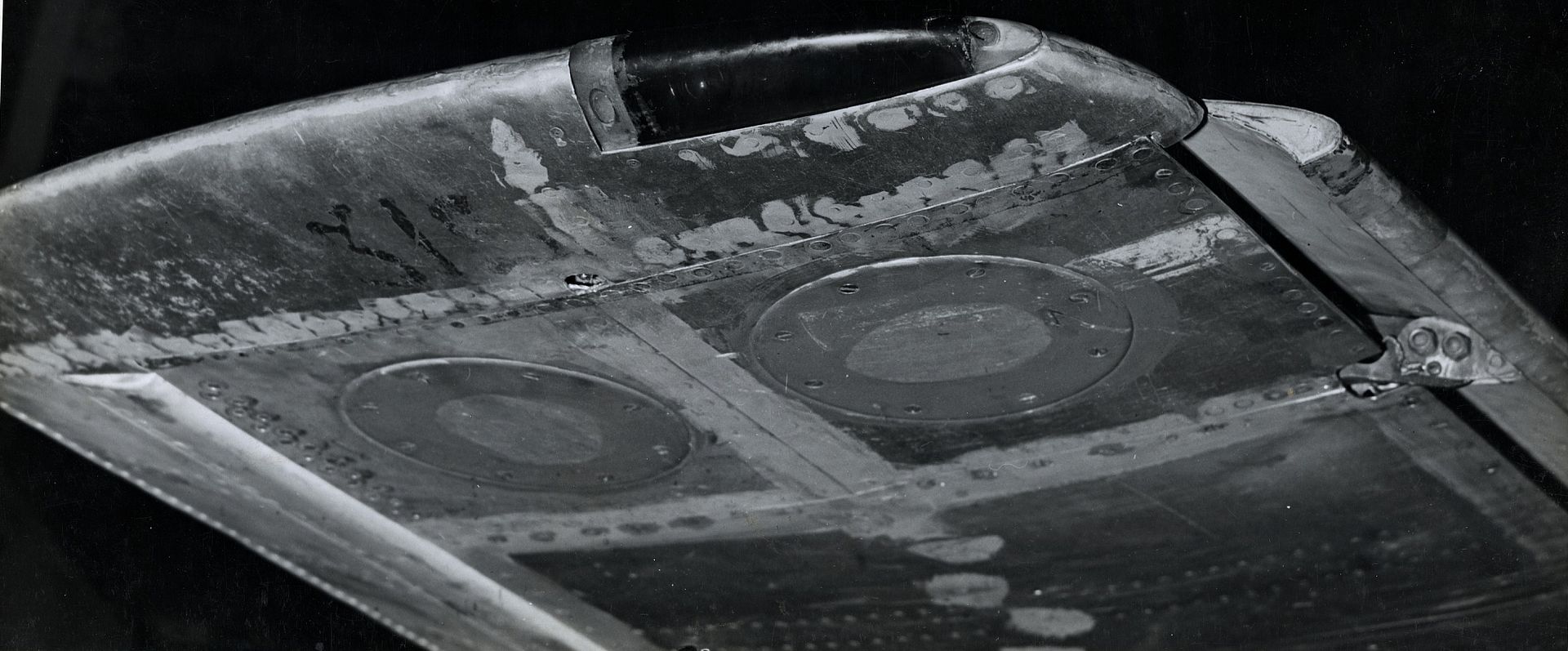
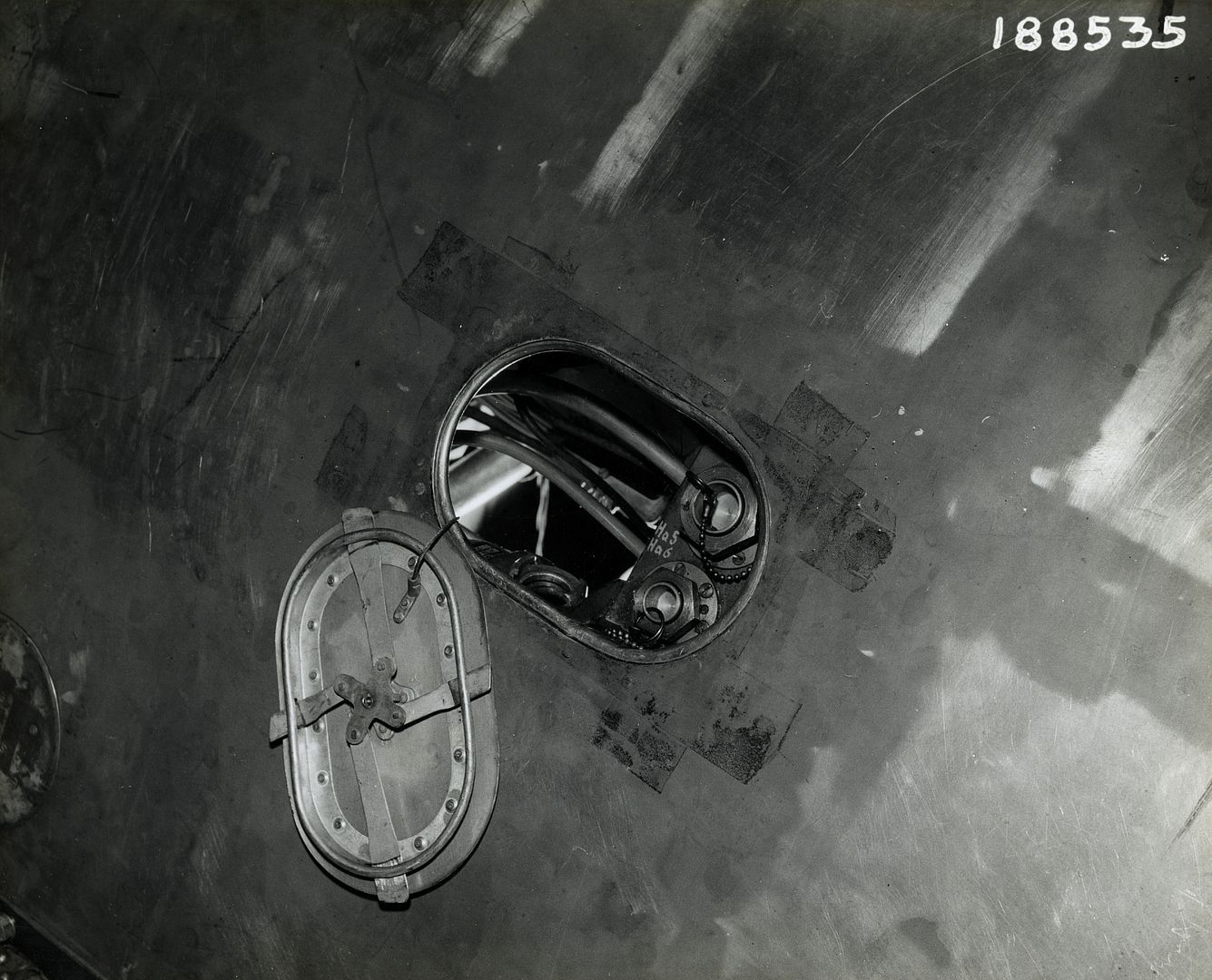
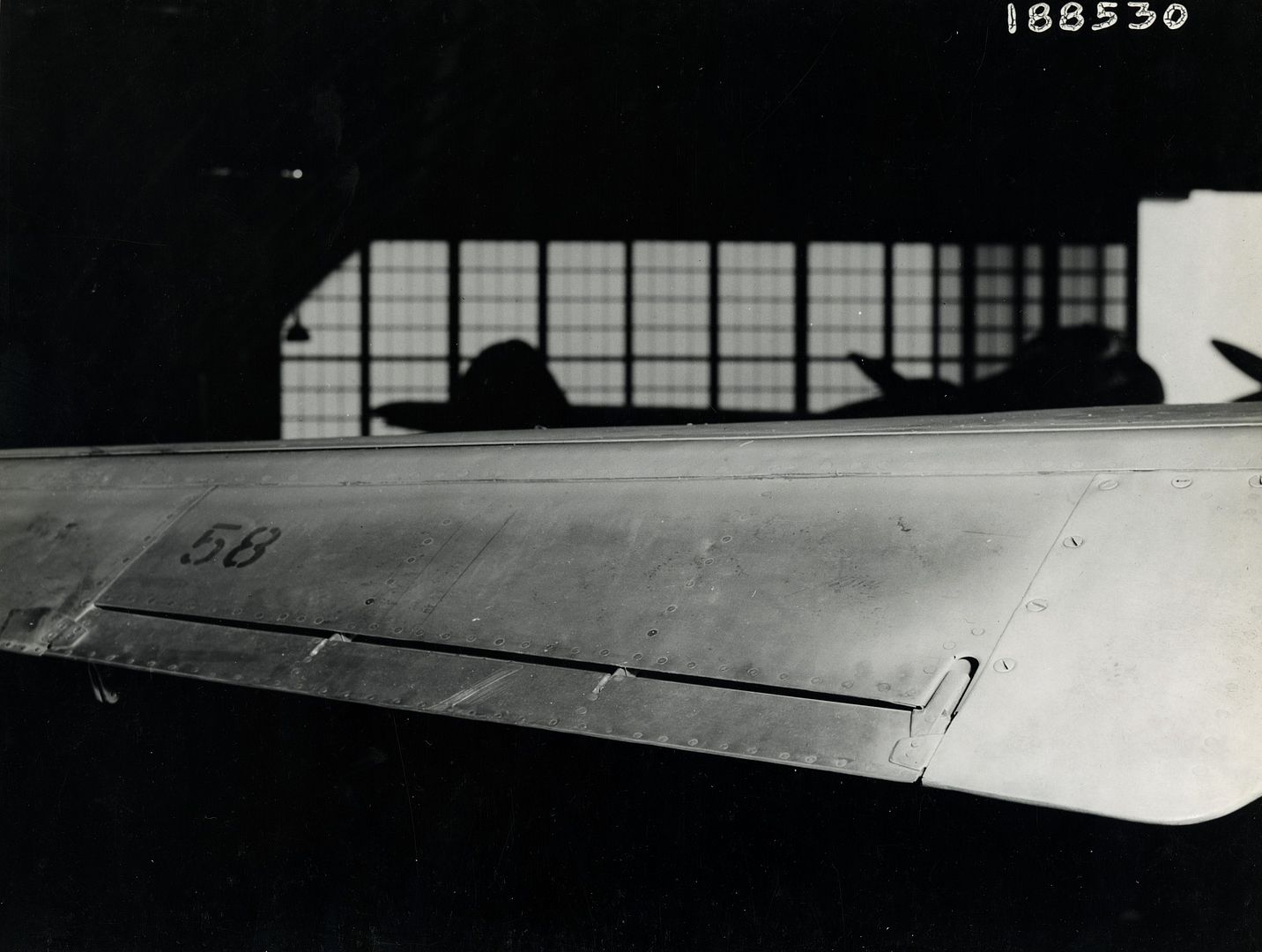
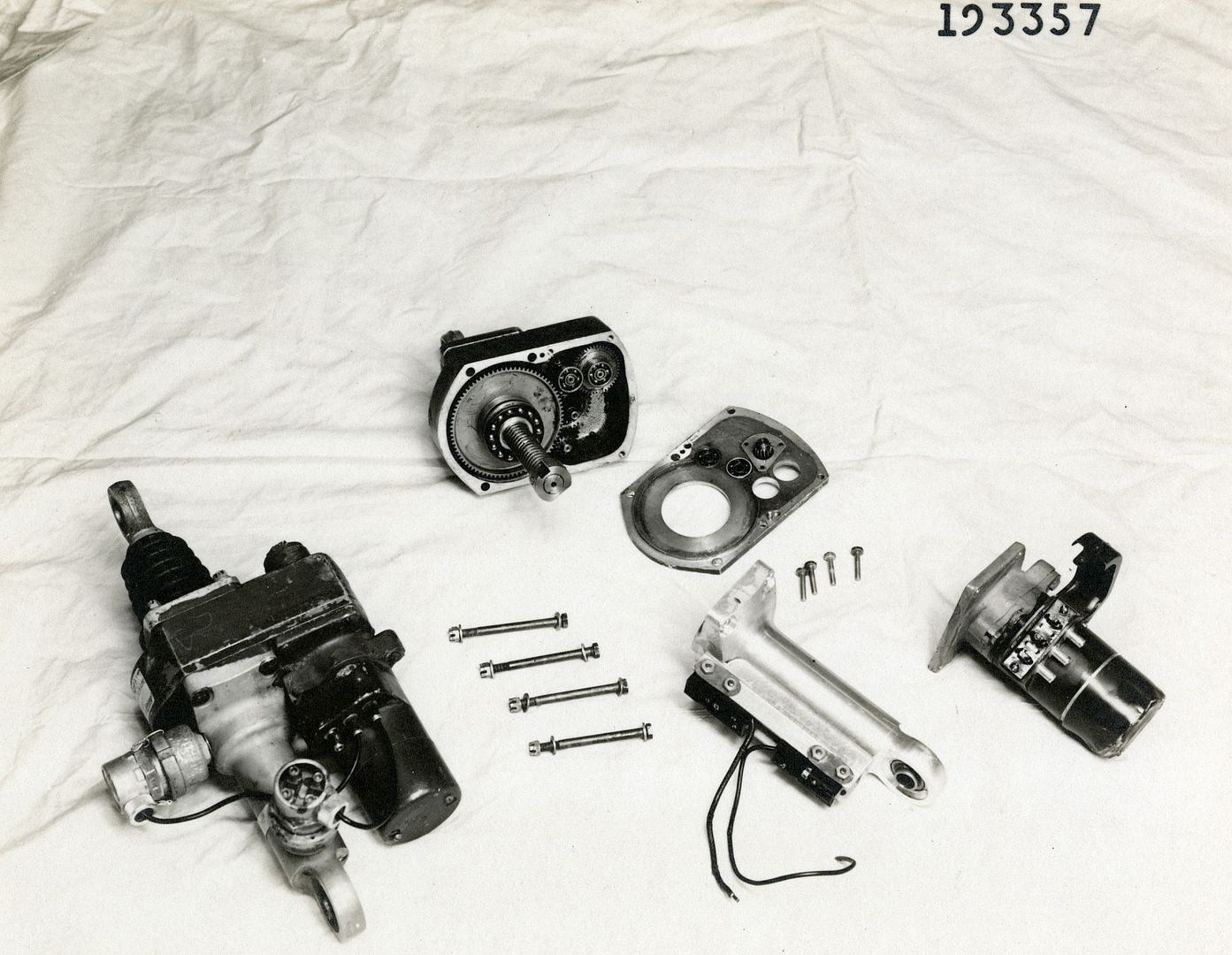
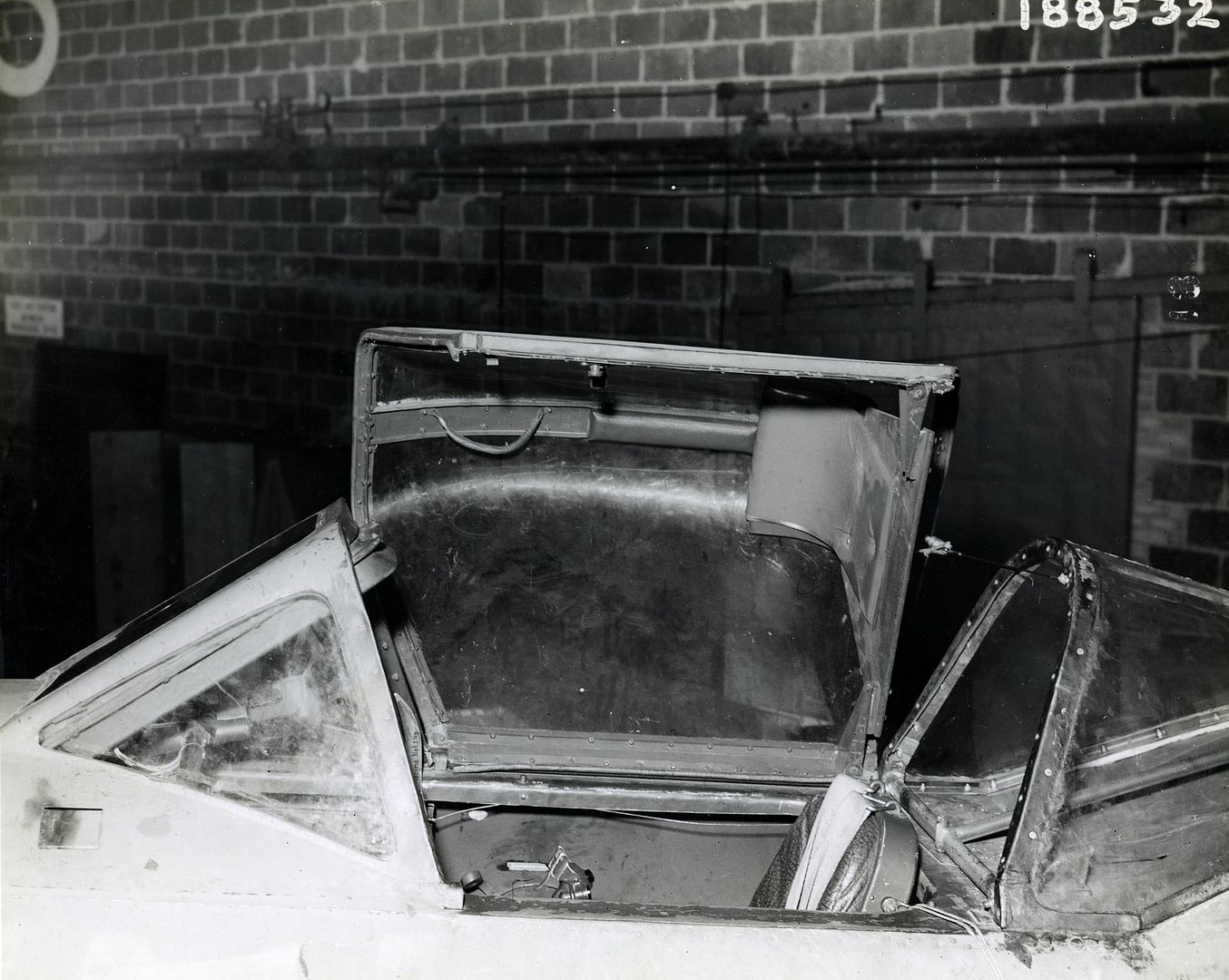
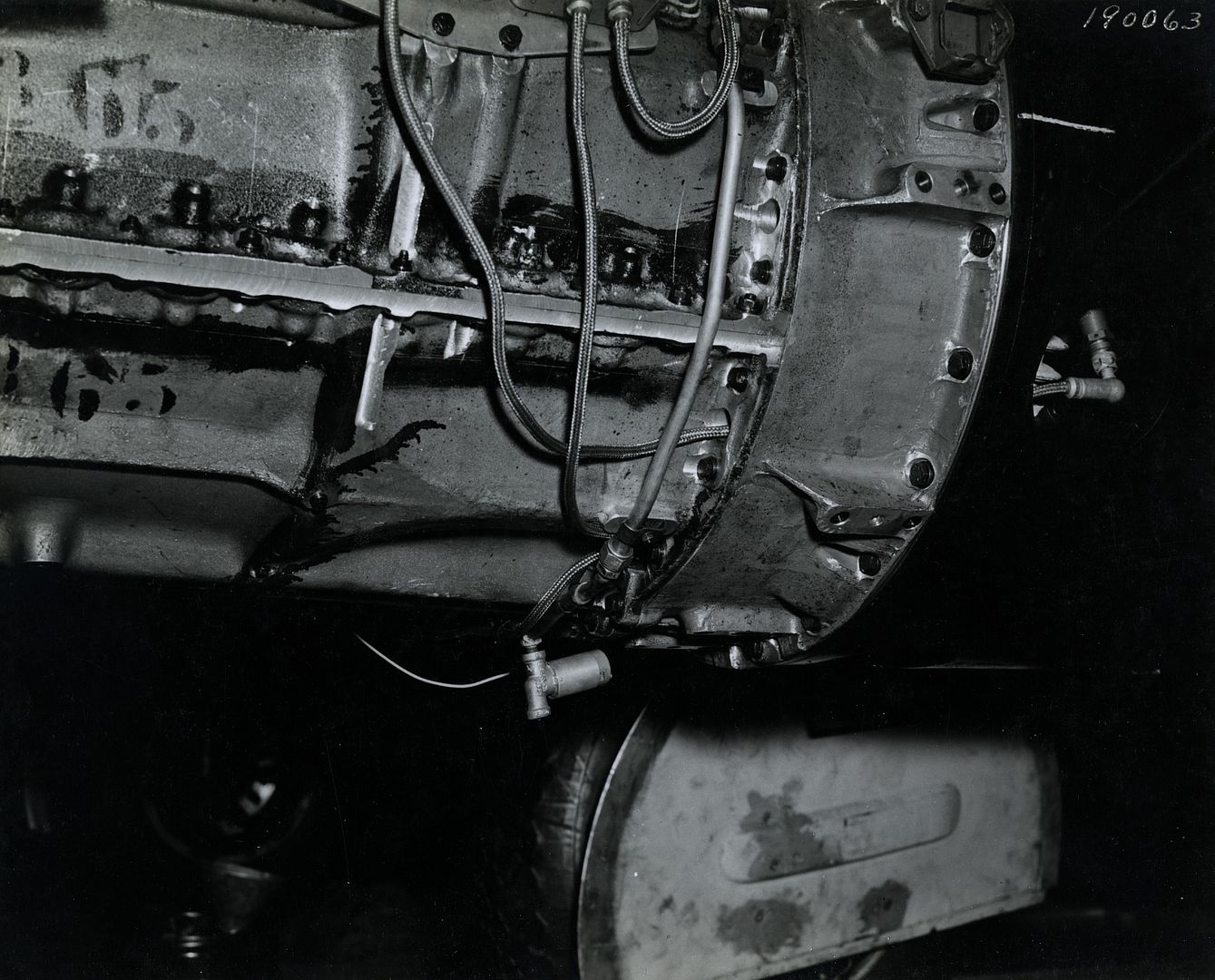
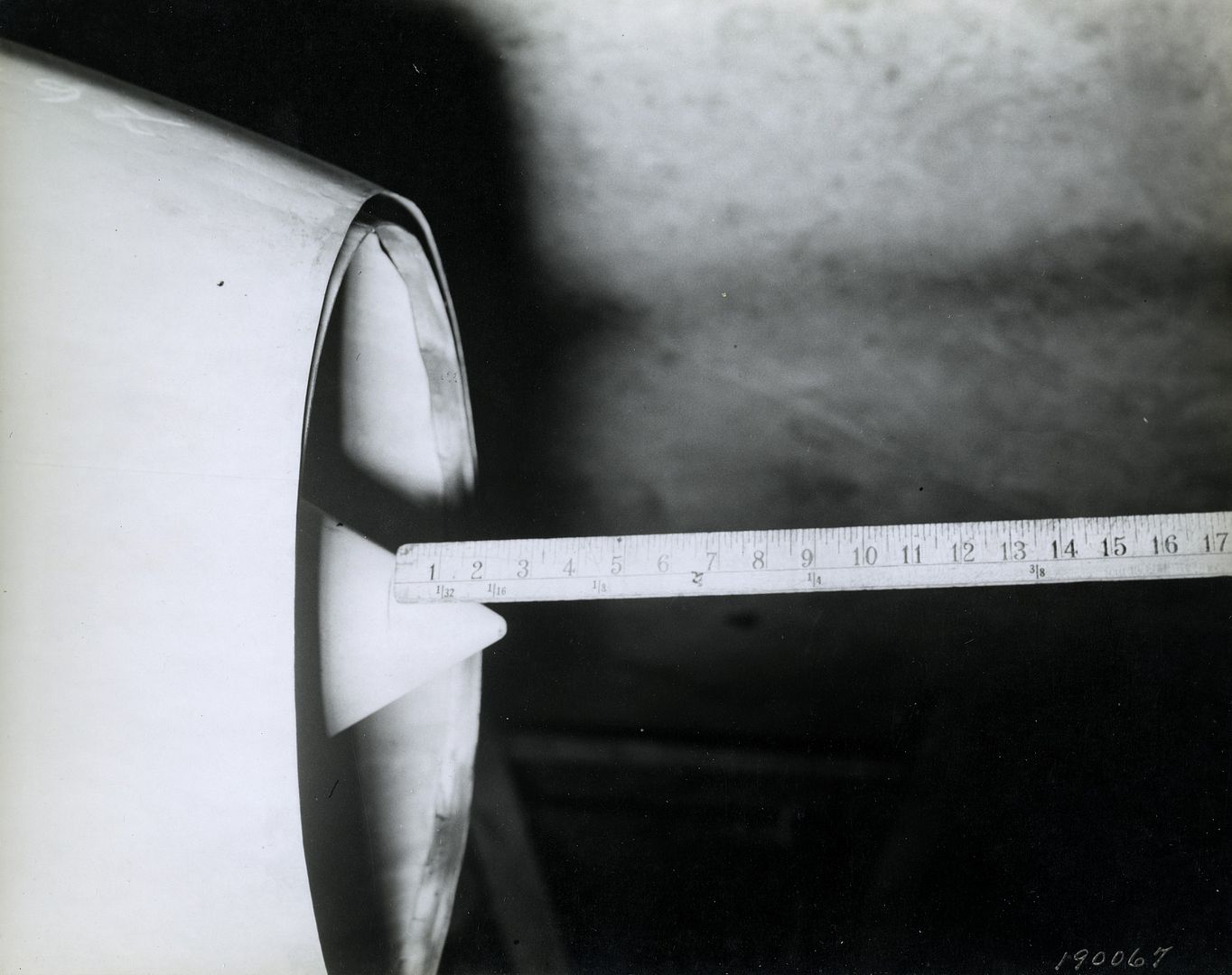
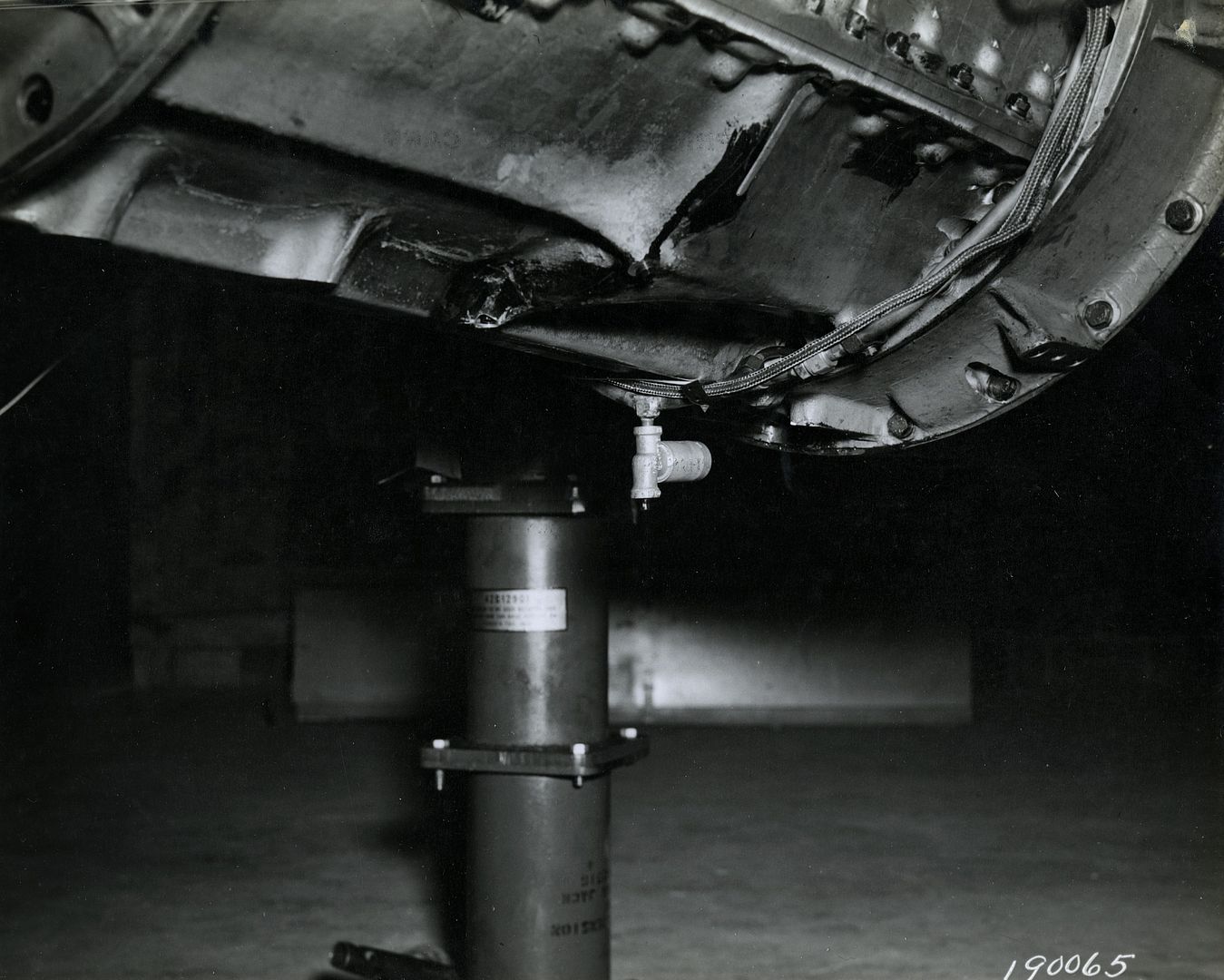
-
 Main Admin
Main Admin -
 Main Admin
Main Admin -
7 years agoAmazing

Post a reply
- Go to Previous topic
- Go to Next topic
- Go to Welcome
- Go to Introduce Yourself
- Go to General Discussion
- Go to Screenshots, Images and Videos
- Go to Off topic
- Go to Works in Progress
- Go to Skinning Tips / Tutorials
- Go to Skin Requests
- Go to IJAAF Library
- Go to Luftwaffe Library
- Go to RAF Library
- Go to USAAF / USN Library
- Go to Misc Library
- Go to The Ops Room
- Go to Made in Germany
- Go to Campaigns and Missions
- Go to Works in Progress
- Go to Juri's Air-Raid Shelter
- Go to Campaigns and Missions
- Go to Works in Progress
- Go to Skinpacks
- Go to External Projects Discussion
- Go to Books & Resources
